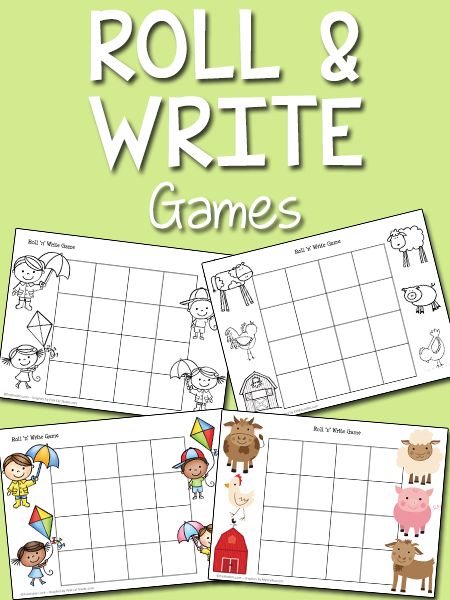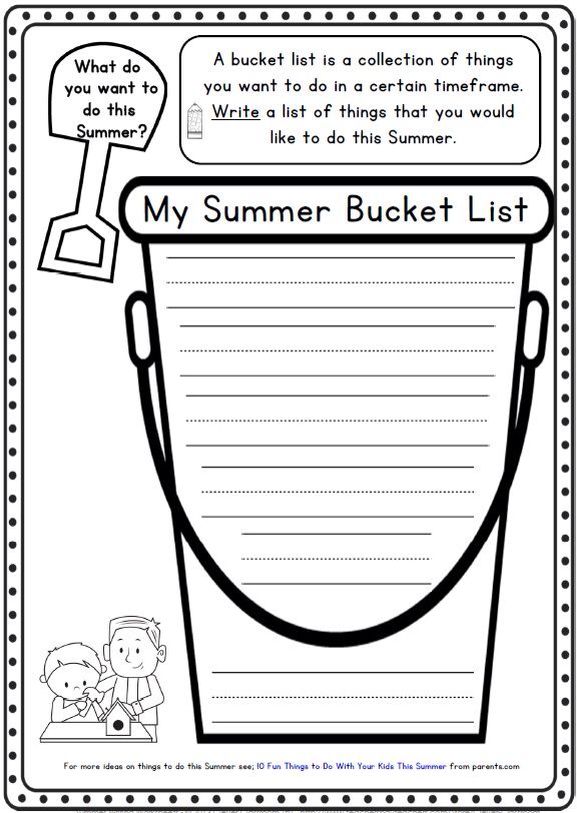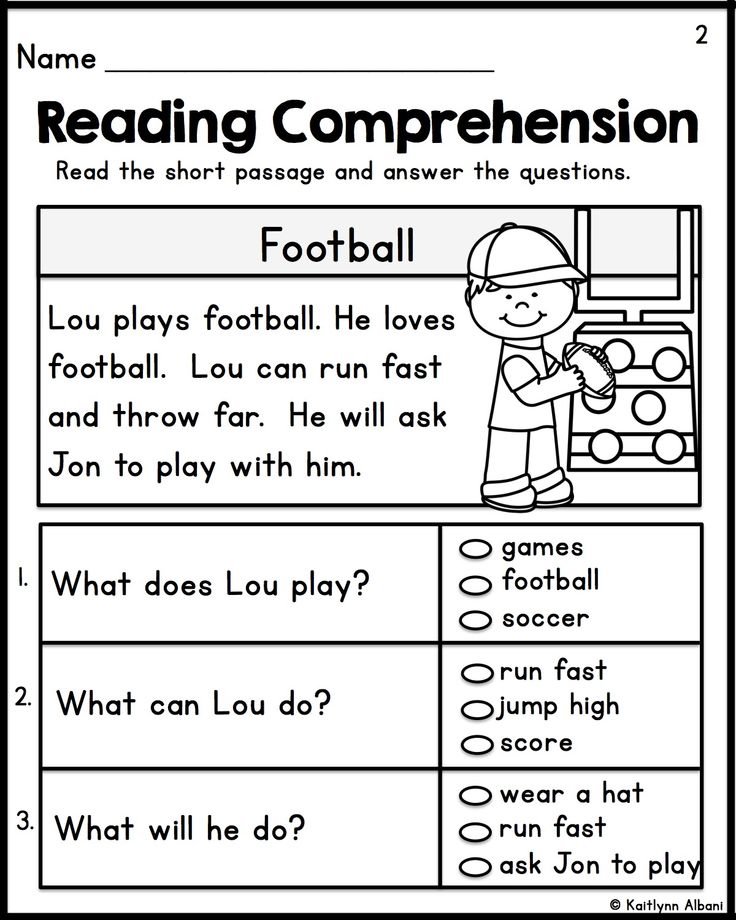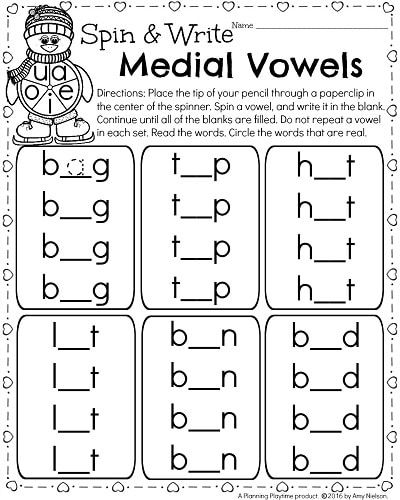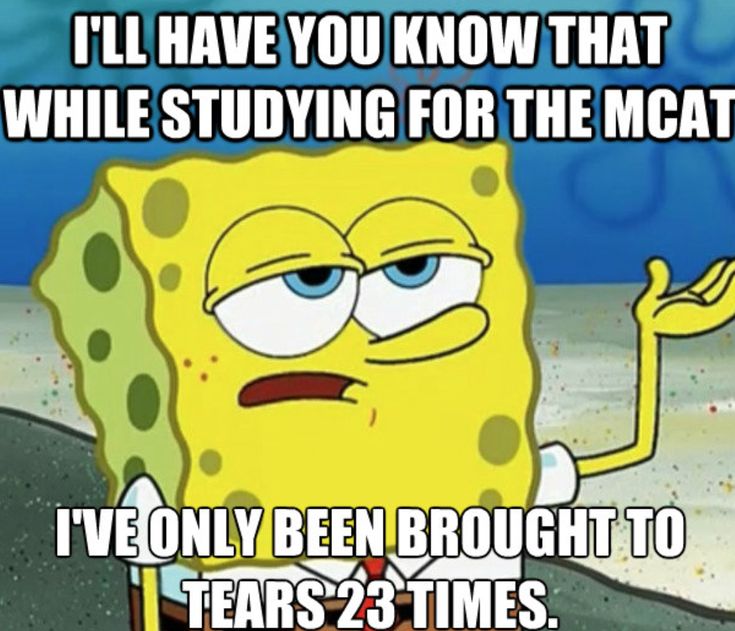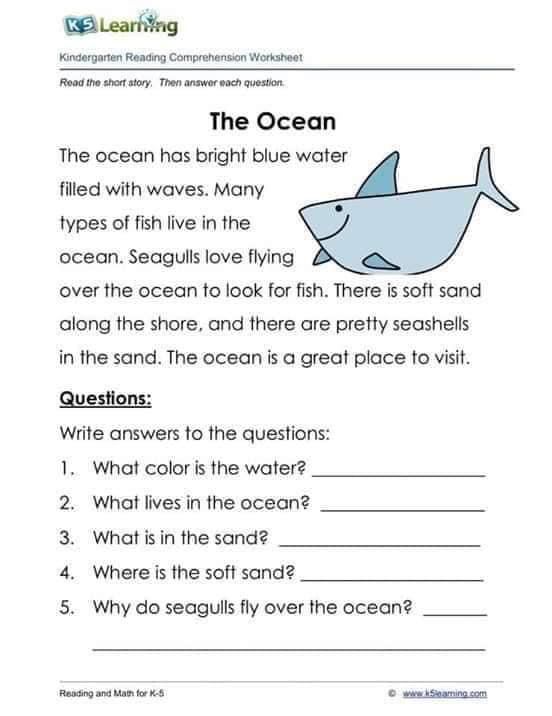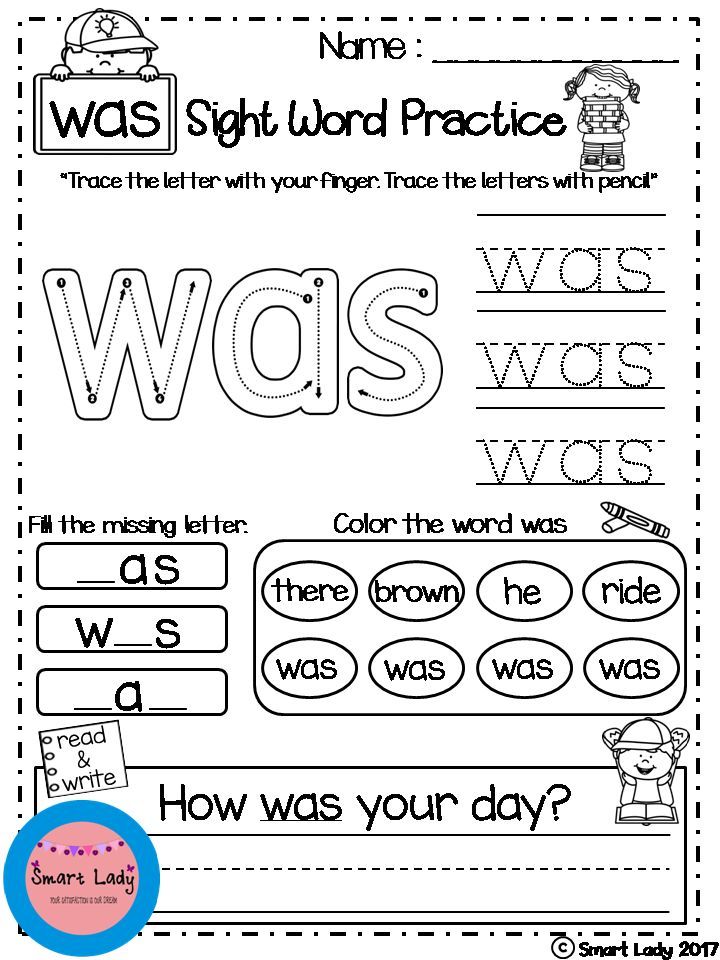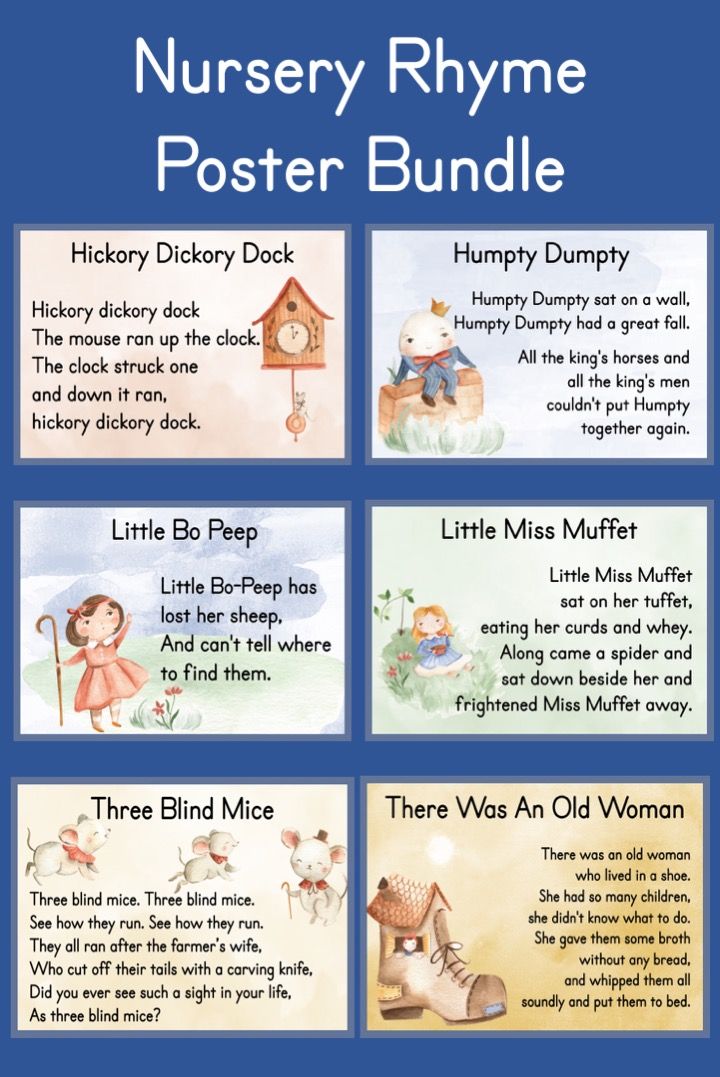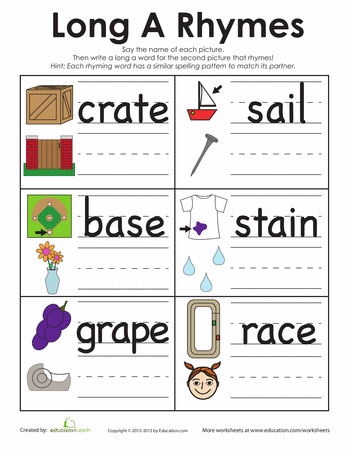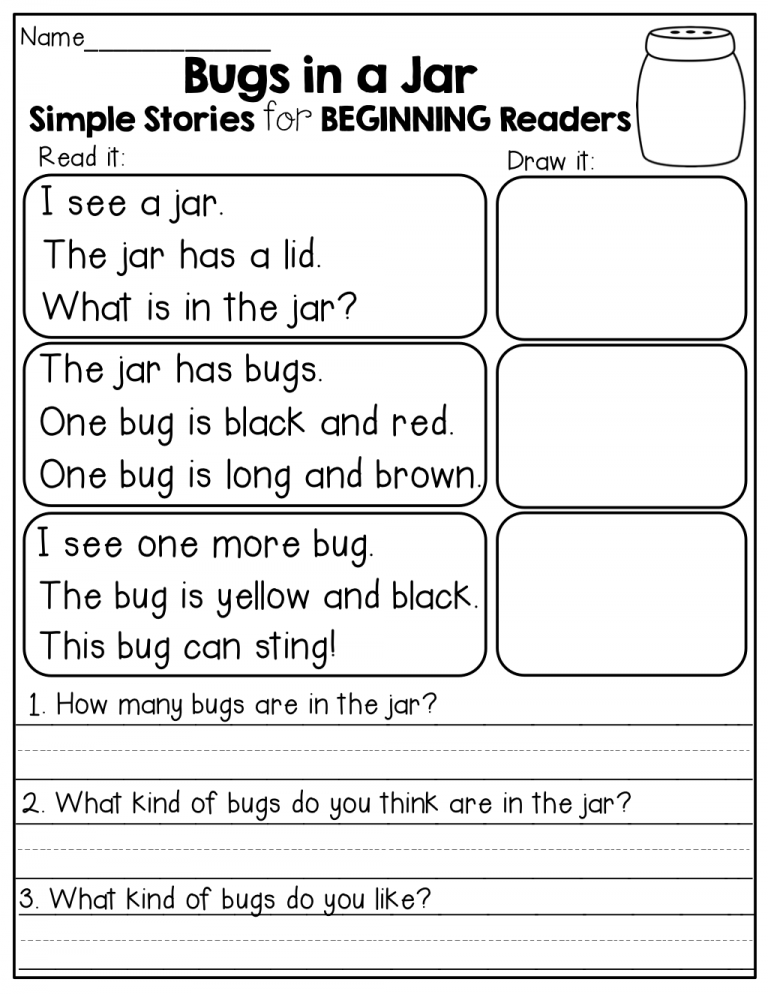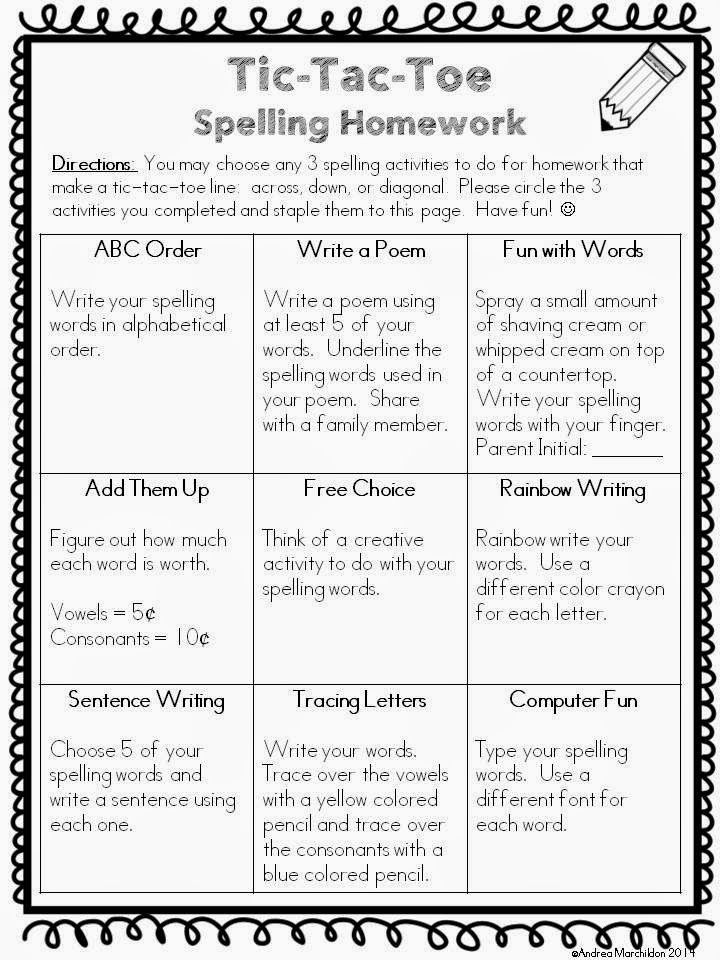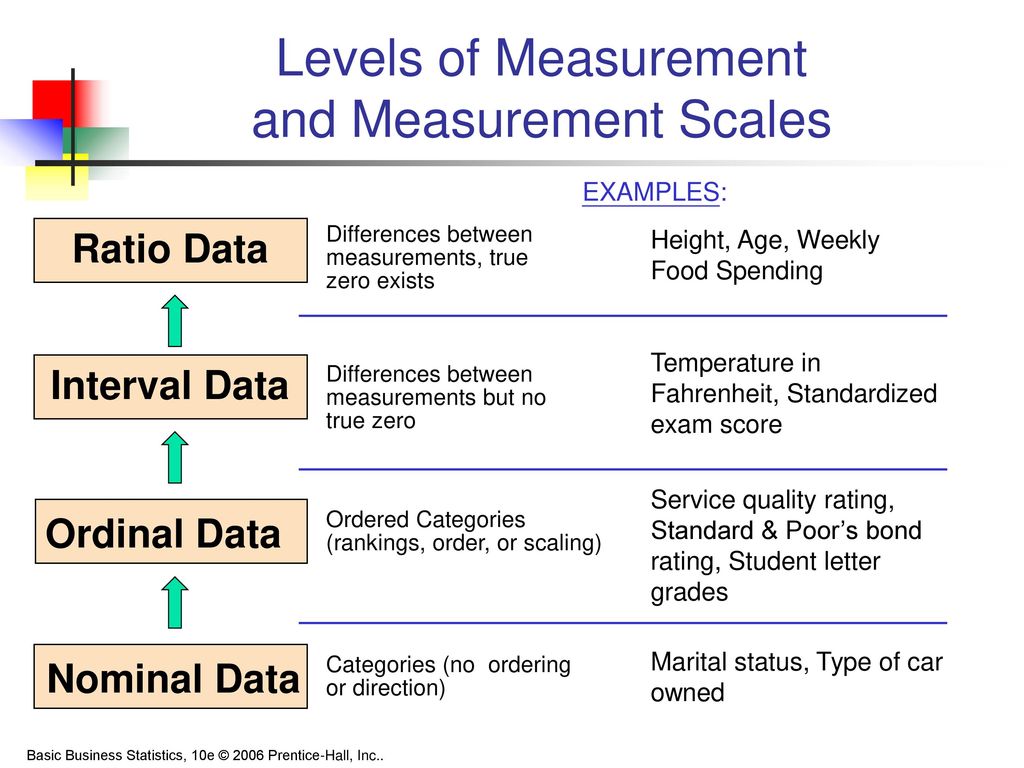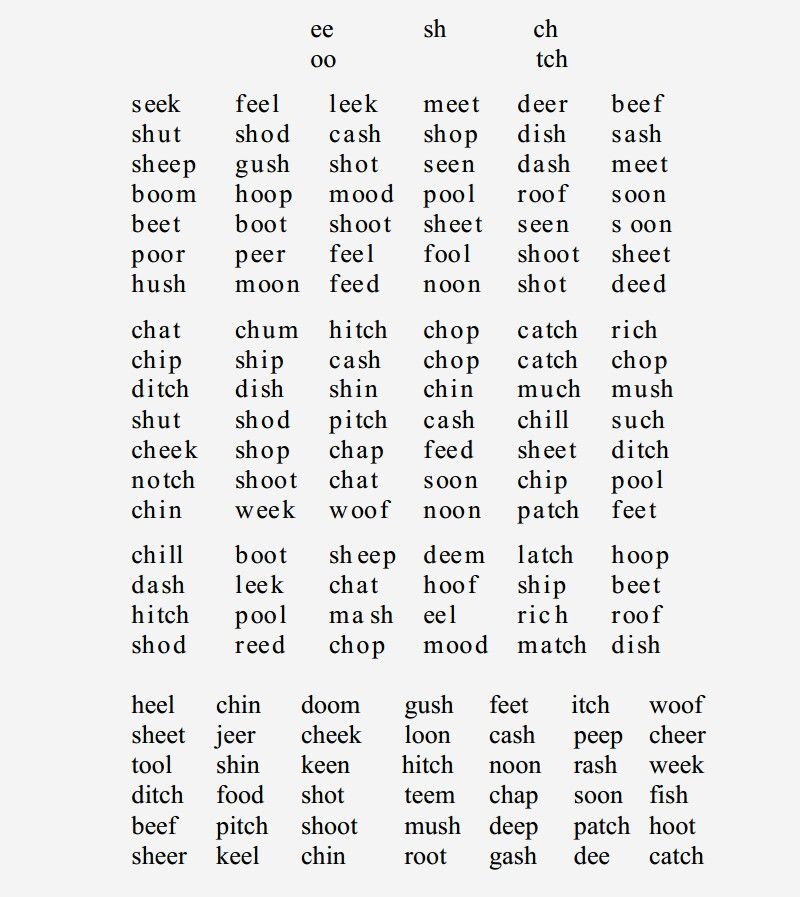Games on writing
10 Quick and Fun Writing Games Students and Teachers Love
The best writing games to engage students
A colleague of mine recently shared these ten great writing game ideas to improve literacy skills in the classroom. They are simple to play and can be applied to nearly all year levels.
These are some of the best writing games that require minimal or no setup time and are an excellent option for substitute teachers looking to quickly break the ice with students or English teachers just seeking fresh ideas to brighten up their lessons. Enjoy.
Remember that if you are looking for more excellent free resources and structured guides to teaching all aspects of English, especially writing, be sure to visit literacyideas.com.
Sentence StretchingStart with a short sentence or group of words. Pass it around to about 6 people, with the rule that each person must add (a word or a group of words) or change ONE word ( to another word or a group of words) to make the sentence more specific and more enjoyable.
Students write sentences or longer texts and substitute drawings for nouns.
COMPLETE DIGITAL AND PRINT FUN WRITING UNIT
25 FUN and ENGAGING writing tasks your students can complete INDEPENDENTLY with NO PREP REQUIRED that they will absolutely love.
Fully EDITABLE and works as with all DIGITAL PLATFORMS such as Google Classroom, or you can PRINT them for traditional writing tasks.
Download from TpT
It’s in the bagPlace an object in a bag- ensure the students don’t see it. Students feel the object in the bag and use words to describe how it feels. They take it out and add /alter their adjectives.
Touch and tellAn object is passed around a group of students.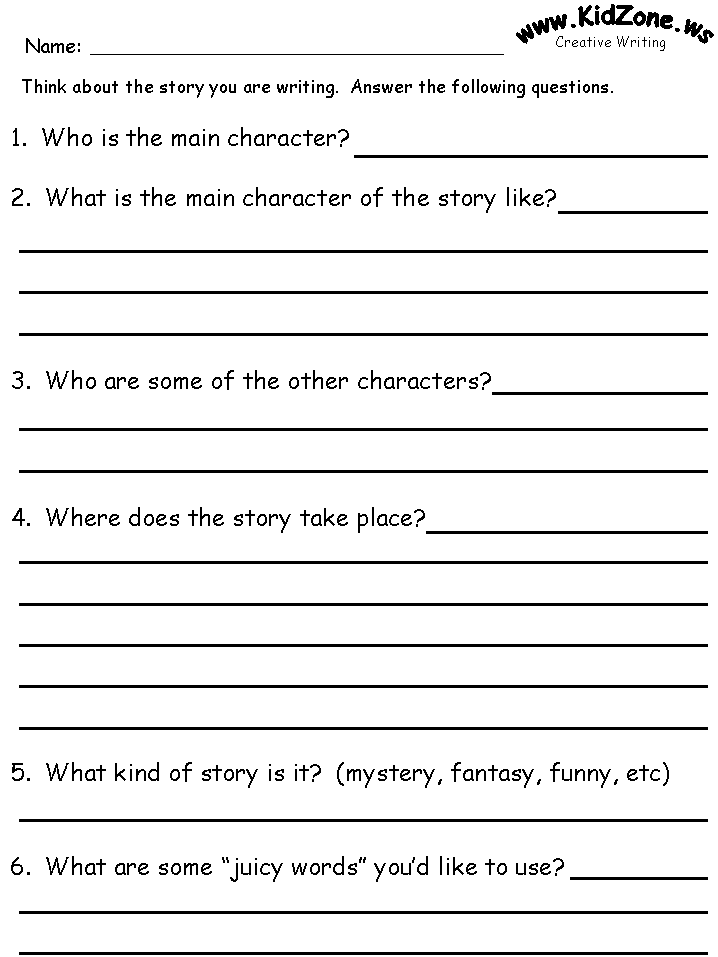 Each student suggests an adjective to describe it.
Each student suggests an adjective to describe it.
Alternative
Students provide an adjectival phrase or clause to describe the object
Verb DrawStudents randomly select from a box a picture of an animal, person or object that moves. They brainstorm action verbs for the chosen object.
Alternative
The students can supply verbs and adverbs
They can supply adjectives or adjectival groups
Hot SeatRead a text ( this case narrative), and at a particular point, stop and ask students to select a character and suggest, for example:
- What the character is doing, thinking, and feeling ( focus on processes)
Students locate and change one word that will alter the sentence’s meaning.
They share their alterations and discuss which part of speech was the most important in changing the meaning
.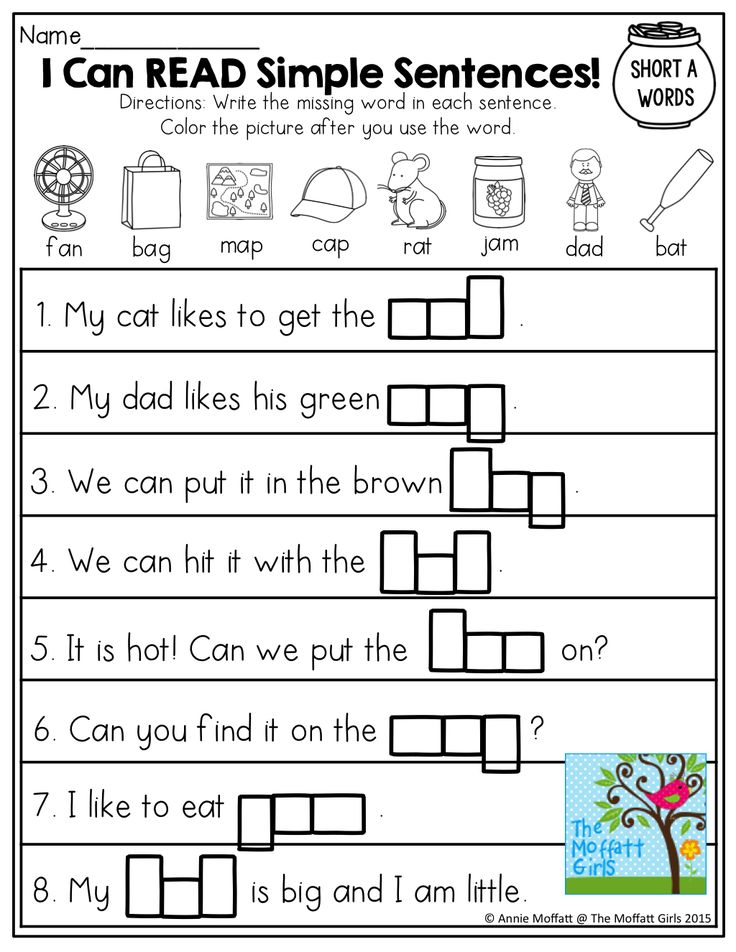
Read a text and ask students to write nouns on cards ( red), adjectives (blue), and articles in orange. Rearrange words to create different noun groups. Students can also locate verbs ( green card) and adverbs (yellow). Rearrange all the words to create new sentences.
Alternative
Students can locate adjectival phrases, clauses, or adverbial phrases and write these on other coloured cards.
Grammar toss- Sentence makingPlayers must throw a 1 before they can begin. The winner is the first person to make a sentence that includes all of the following:
- A group of words that tell what or who ( singular)
- A group of words that tell when
- A verb in the past tense
- An adverb telling how
- A group of words telling where
They can then rearrange the sentence parts to see how many ways they can make another meaningful sentence.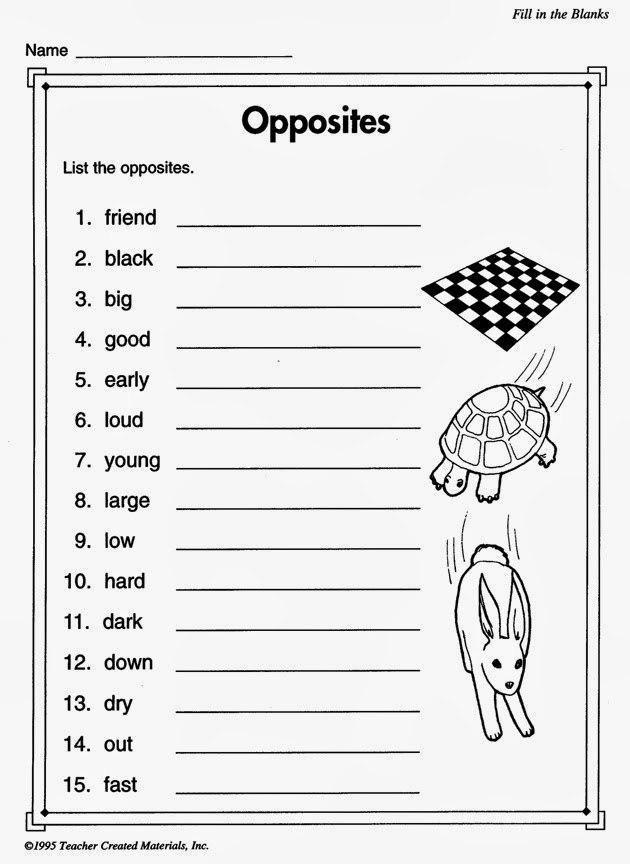
Alternative
Other parts of speech can be used for each number thrown.
Toss and writeBefore the activity, a cube is prepared. Upon each face of the cube, a task is written that requires specific grammar knowledge. For example:
Make a sentence
Make a question
Provide two adjectives
Provide two verbs
Create a noun group (e.g. article, adjective/s noun)
Provide a noun and an adverb
Students select a subject ( noun) from a tin. They throw the cube, and whichever side of the cube faces up is the task they must attempt.
OTHER GREAT ARTICLES RELATED TO WRITING GAMES
7 FUN WRITING ACTIVITIES FOR THE RELUCTANT WRITER No doubt about it – writing isn’t easy. It is no wonder that many of our students could be described as ‘reluctant writers’ at best. It has been estimated by the National Association of Educational Progress that only about 27% of 8th and 12th Grade students can…
how to write a scary story in 5 Easy Steps Most of us love a good scare! From our first game of peek-a-boo as a child through those ghost stories around a campfire as a teen, surprises and a little fright or two never lose their appeal.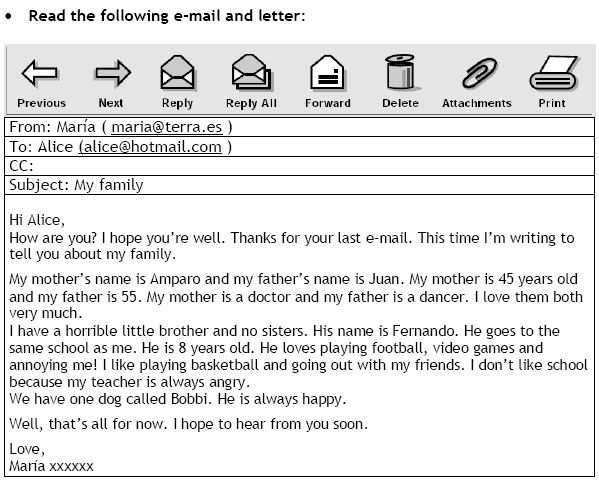 It’s the reason why horror movies remain big…
It’s the reason why horror movies remain big…
Look no further for fun and engaging writing ideas that will make you the coolest substitute teacher in town.
The content for this page has been written by Shane Mac Donnchaidh. A former principal of an international school and English university lecturer with 15 years of teaching and administration experience. Shane’s latest Book, The Complete Guide to Nonfiction Writing, can be found here. Editing and support for this article have been provided by the literacyideas team.
Activities & Games to Get Kids Writing
Play is one of the best ways to teach and encourage writing. It takes away the pressure and fear writing can sometimes offer. Games and creative writing activities encourage kids to experiment with language, storytelling, organization, and ideas. Through play, writers learn spelling, vocabulary, how to create imagery, develop a plot, and even revise. Play also offers fun ways to learn skills that can be pretty boring. When play and writing go hand in hand, writers who love to write are filled with ideas, and reluctant writers might just forget they don’t like writing.
When play and writing go hand in hand, writers who love to write are filled with ideas, and reluctant writers might just forget they don’t like writing.
While using writing games or writing activities may take more time than printing off a worksheet, in the end, play = practice = confidence = learning and growth!
Disclosure- Links in this post may be affiliate links. If you click through and make a purchase, I earn a commission at no additional cost to you. Unless noted, if I am reviewing a product, I have been compensated for my time. I write honest reviews. They are not required to be positive. I only recommend the resources we love and use.
1. Story Cards & Dice
One of my favorite ways to help kids gather and organize their ideas, Story Dice create hysterical narratives. They also teach the importance of plot development, characterization, building conflict, and revision.
Writers can build stories together or individually. They roll the dice and use the images to help them find their words and visualize their story.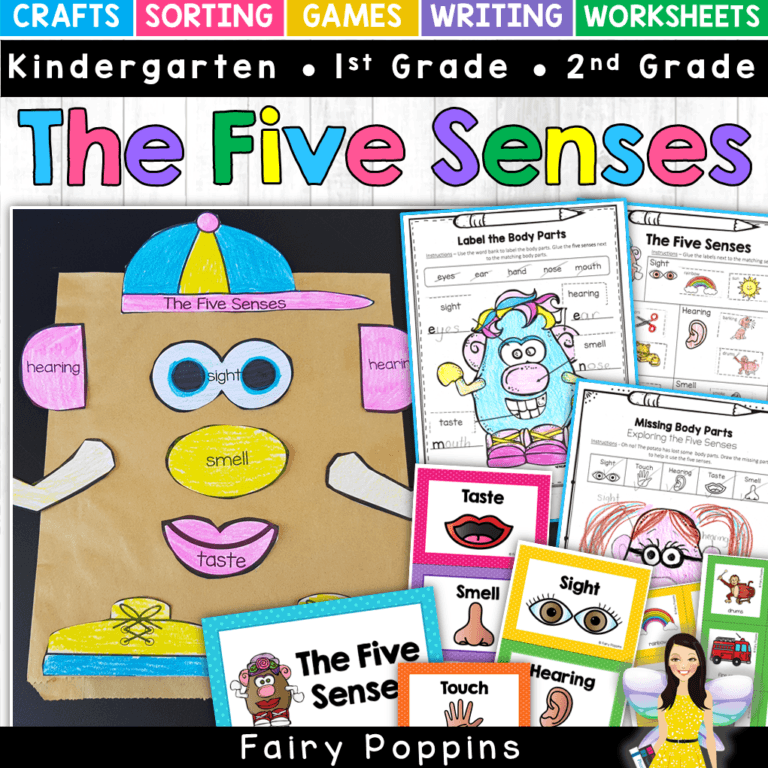
We also love Story Cards. We have several packs of eeboo Story Cards. They are beautiful and offer sweet story prompts. My daughter loved them as a young child and continues to love them as a pre-teen.
2. Story Maps
Do your kids love it when a book they’re reading includes a map? Mine do! They flip back and forth from text to image, looking for the places their characters go.
A great way to help writers play with the setting, get ideas for a story, flesh out the plot, or even retell a story they’ve read is to create a map.
To get writers started, I like to ask them questions to consider:
- What lives on your land?
- What types of vegetation is there?
- What types of bodies of water?
- What is the climate?
- How do your characters travel from one place to another?
- Where do your characters live?
- What obstacles are on your land?
- What is your land called?
- Where do people/creatures gather?
- Are there important landmarks?
We go over these questions together and share ideas.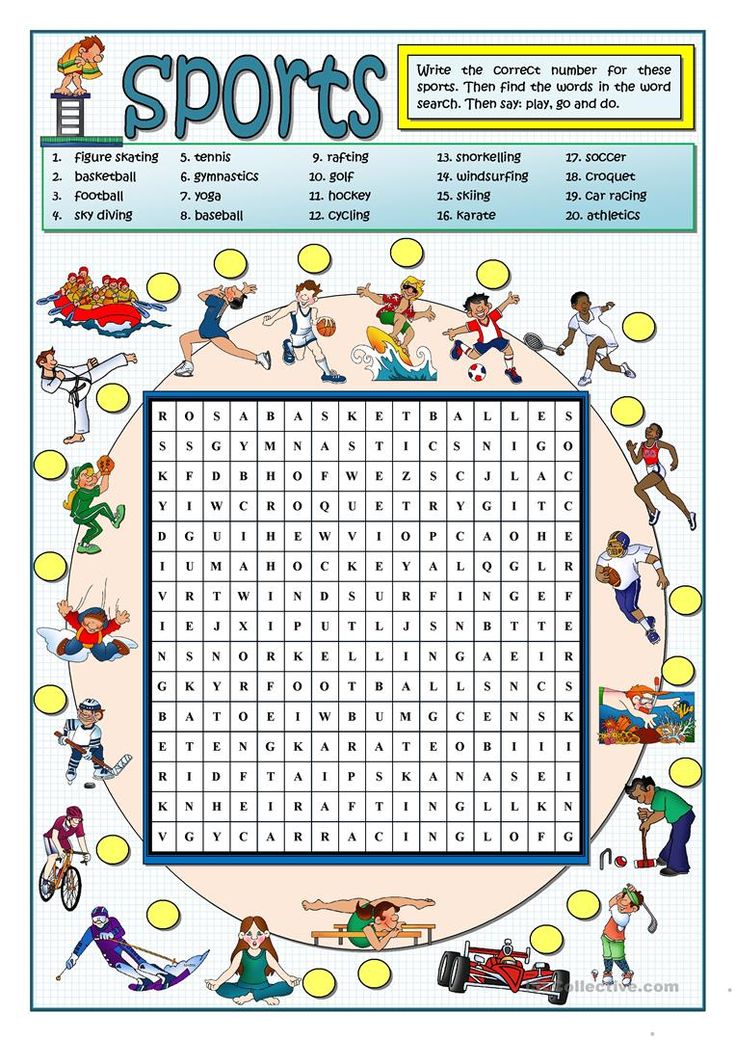 Then they get to work drawing and creating the place their story will take place.
Then they get to work drawing and creating the place their story will take place.
My unit study, Courage Is… explores story maps. One of four creative writing projects you’ll find, it is definitely one of my students’ favorites.
3. Accordion Stories
Play with two people or twenty, an accordion story is fun because you never know what’s happened or going to happen until the end when the paper is unfolded, and the story is read.
Sidenote- I did this activity in my adult class recently, and it was hysterical!
How to play –
Each writer starts out with a piece of lined paper. On the top of the page, they begin a story or poem by writing on two lines of the page. This can be a continuous sentence or a couple. The important part is they write on two lines.
Once they finish, they fold down the first line so it can’t be seen and pass the paper, the second line showing to the next writer.
The new writer writes two more lines, based on the one line they can see, fold down the top two lines (the other writer’s line and their first one), and passes the paper, their last line showing to the next writer.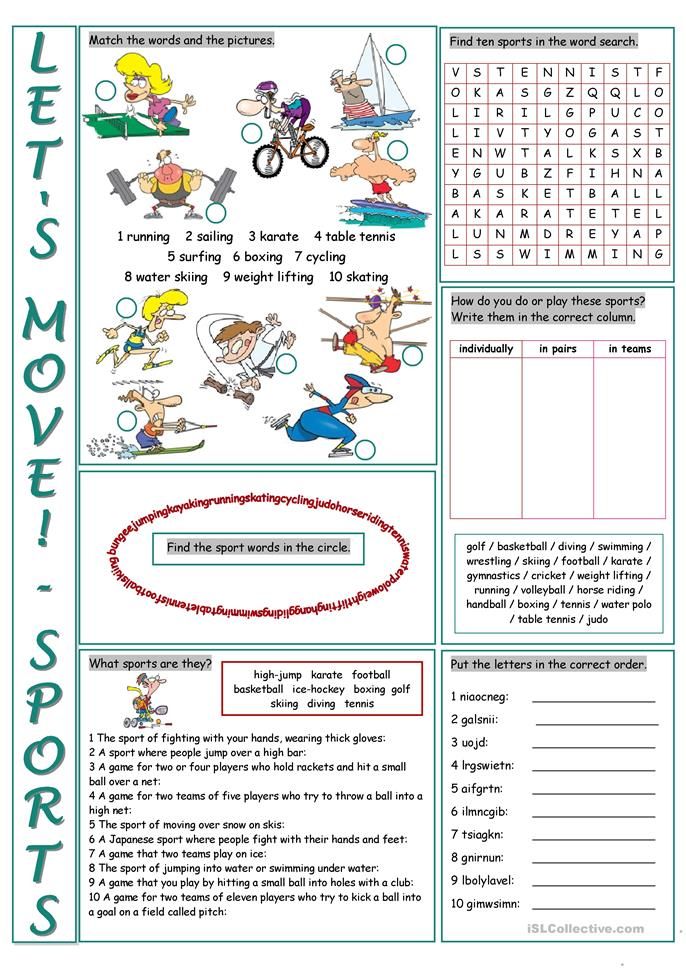
And so it goes until the paper is folded up tight like an accordion.
Once complete, open the page up, and a story is waiting. Be ready for a good belly laugh!
4. Scavenger Hunt
A scavenger hunt is one of my favorite learning tools. I’ve used scavenger hunts to get kids learning Pre-K through High School. They help kids get to know each other, learn about the backyard or schoolyard science, find items in a library, a book, or an old school dictionary. A scavenger hunt can also get kids writing!
The first step to any scavenger hunt is deciding what skills you hope your kids will learn. Descriptive writing, parts of speech, vocabulary, spelling- a scavenger hunt can help kids practice lots of things.
The second step is simple. Take a piece of paper and fold it equally into eight squares.
Next, decide where this scavenger hunt will take place: inside, outside, both, or in a special location.
Fill in the squares, or have your kids create their own!
Ready for your kids to get learning? Encourage kids to get four in a row or see who can fill in the most boxes.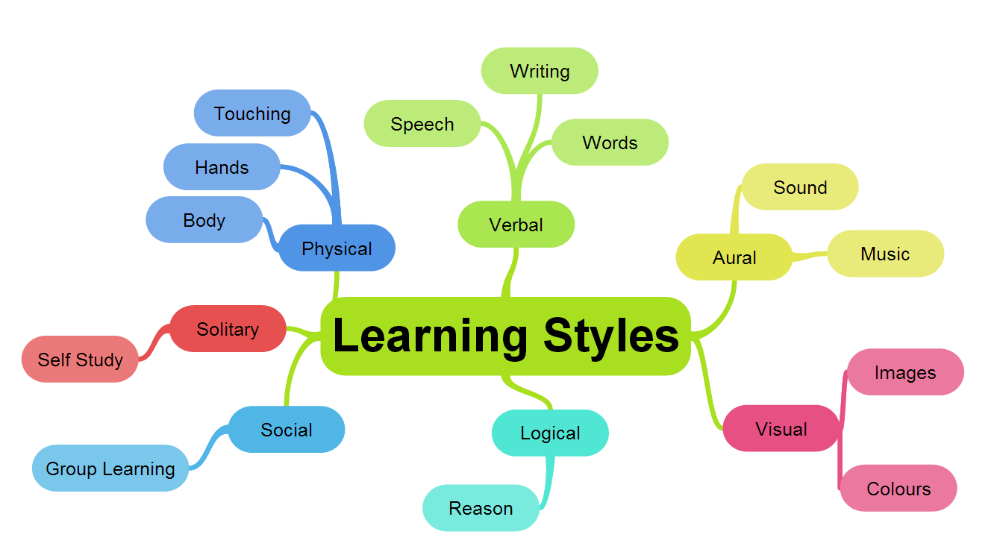 Have kids work together or apart. Be sure to explain any terminology they might not know. No fun looking for a verb if you have no idea what one is!
Have kids work together or apart. Be sure to explain any terminology they might not know. No fun looking for a verb if you have no idea what one is!
5. Play with Poetry
Free Verse Poem
One of our favorite ways to write free-verse poems is with magnetic poetry tiles. Super fun, there are all sorts of kits you can buy like: Art Poetry, Psycho Kitty Poetry, and Pirate Poetry.
A free verse poem is pretty much an anything-goes poem, but it might be good to share some examples of what free verse poetry is and isn’t with children to see what they notice.
While you’re reading poetry together, you might talk about how imagery, stanzas, and a subject or main idea are typically found.
Children might also enjoy crafting their poems in prose first. Then they can decide what words to cut, where to create stanzas, and what needs more description.
If you’re looking a poetry class, I love teaching poetry to kids and teens and offer workshops on Outschool and Curiosity Encouraged.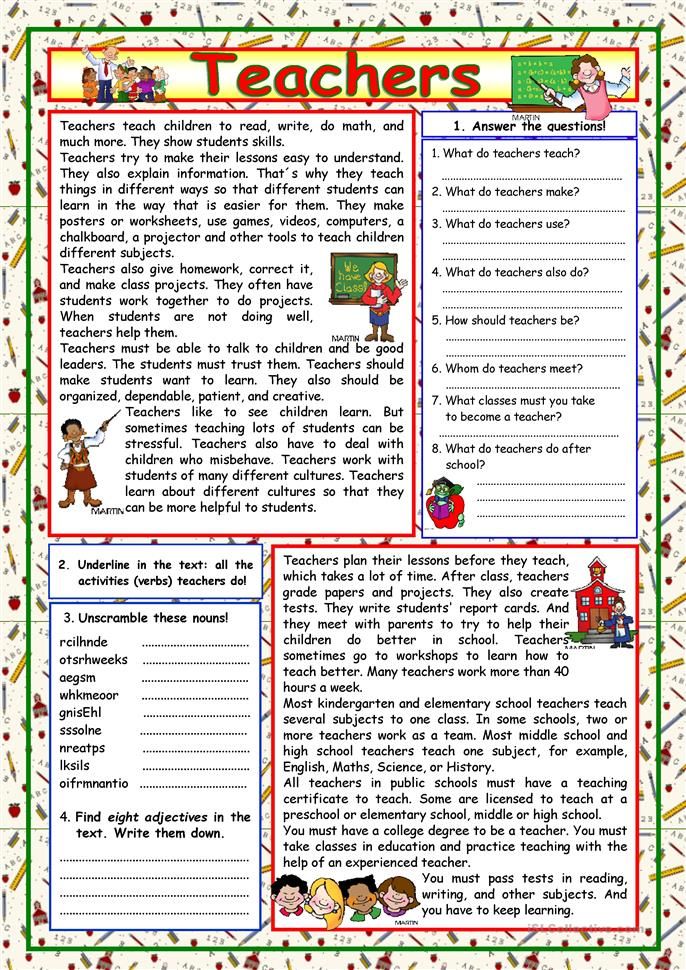
Prompts ~
- Describe something you love or can’t stand. What does it look like, smell like, how does it make you feel?
- Describe your perfect day, moment, or memory.
- Write about dreams or wishes.
- Write about fears or scars.
Acrostic Poem
An acrostic poem uses the letters in someone or something’s name to begin each line or stanza of a poem. A younger child might choose one word, whereas an older child might choose a descriptive word or phrase.
Acrostic poems are written vertically. Young children might write one word. Older children a phrase, sentence, or stanza.
Concrete Poem
Also known as a shape poem, kids choose an object that represents the subject of their poem. They then use words to create that shape. For younger kids, it could be the same word or just a few repeated. Older kids can challenge themselves to write a poem in their chosen shape.
Limerick
Often a silly poem, a limerick is fun to write because it follows a rhyme scheme.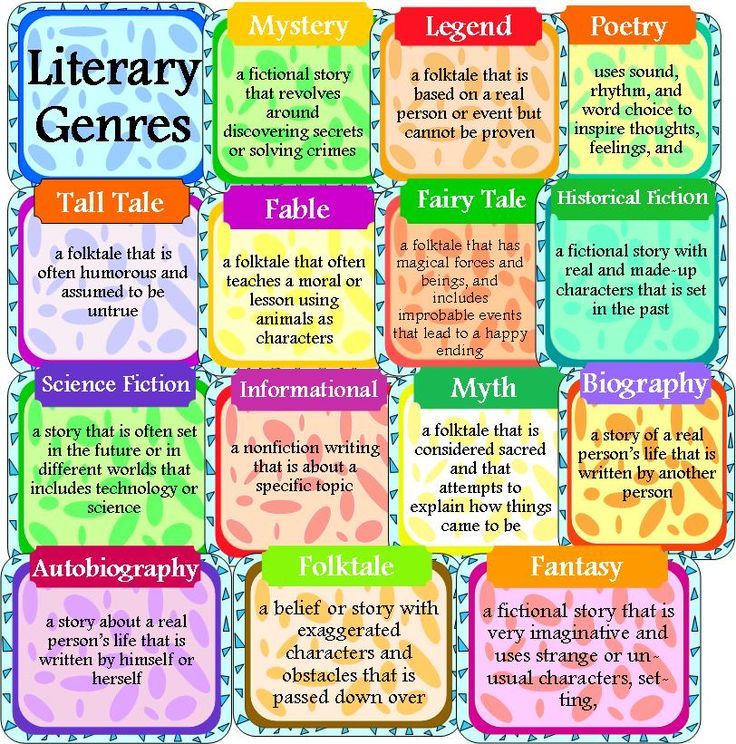 Lines 1, 2, and 5 rhyme, and lines 3 and 4 rhyme, making the rhyme scheme AABBA.
Lines 1, 2, and 5 rhyme, and lines 3 and 4 rhyme, making the rhyme scheme AABBA.
Haiku
A haiku is a Japanese verse poem that has three lines, with each line having a certain number of syllables- 5,7,5. Tapping or clapping out syllables is helpful (as is knowing what a syllable is). A couple of these poems would be nice or one with an illustration.
Simile Poem
A simile compares two things, often unlike, using like or as. Metaphors, alliteration, or other types of figurative language could also be included or substituted.
Illustrations, placing poems on homemade cards, framing a poem, or writing one on decorated paper are additional ways writers can add to their poetry.
6. Play Writing Games
I am always on the lookout for new writing games. We recently came across a handful at one of our favorite second-hand stores. They give us a good dose of fun and practice!
We Love-
- Mad Libs
- Poetry for Neanderthals
- Banana Grams
- My First Banana Grams
- Scrabble Slam
- Snap It Up- Reading and Phonics
- Telestrations
- Apples to Apples Jr
- Scattergories
- Wacky Words
7.
 Create Comic Books
Create Comic BooksKids who like to read comic books might be motivated to make their own!
8. Give National Novel Writing Month a Try
Each November, writers from around the world set to work on one goal- a novel. The National Novel Writing website has a TON of great resources, including a workbook just for young writers. We worked through one last year and it is not your average boring workbook!
Of course, you can give novel writing a try any month!
9. Write to a Pen Pal
A few years ago, when my oldest was in elementary school, and I was looking for a way to encourage writing, I created a Pen Pal group on Facebook. Made up of friends near and far, for a couple of years, my kids wrote to my friend’s kids, and my friend’s kids wrote to other friends’ kids. It was super fun and, best of all, got kids writing!
Now I offer a homeschool pen pal group on Creative ELA. Each season, homeschoolers are paired up, given prompts (to take or leave) and encouraged to write at least twice to one another.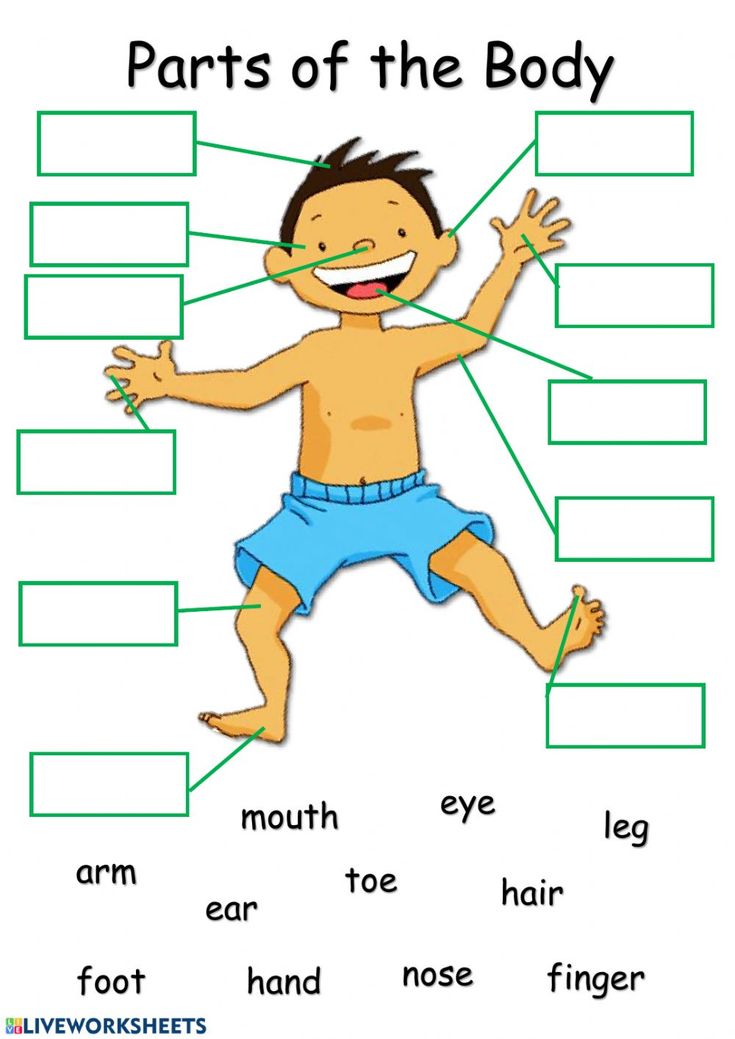 We’d love to have your kids join us! Join Creative ELA to learn more.
We’d love to have your kids join us! Join Creative ELA to learn more.
10. Keep a Favorite Book Going
Have you ever finished a book you wished would keep going? Thought a character should have acted in a different way or wanted to change a story’s ending? FanFiction gets readers writing!
Students in my Creative Writing Workshop class often enjoy writing fan fiction, but they don’t have to. The beauty of a writing workshop is writers can write in any genre they want. Each week we meet to learn about writing, write, and share our ideas. Through games, writing prompts, and a lot of laughter, students grow confidence and interest.
Need more resources? I offer writing games, mini-lessons, free classes, and so many ideas over on Creative ELA.
Games at the lessons of writing and literary reading during the period of learning to read and write
Games. Literacy Application
Material for games and their content can be changed according to the requirements teacher and student opportunities.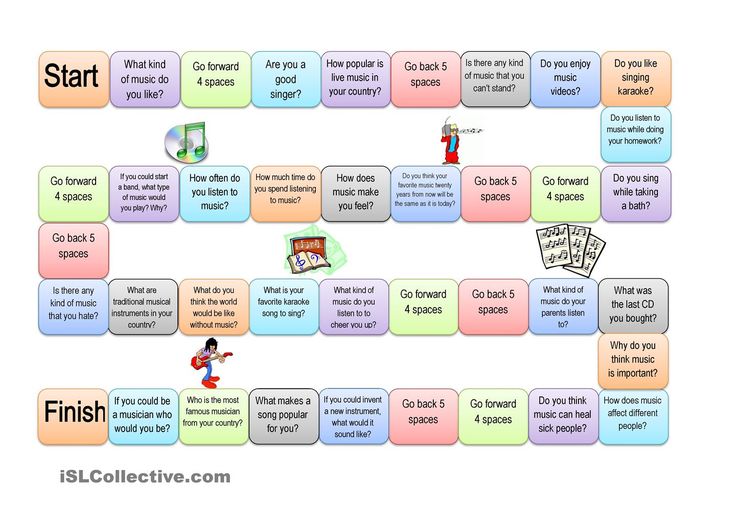 It is desirable to illustrate each games and the use of various toys (ball, doll, etc.).
It is desirable to illustrate each games and the use of various toys (ball, doll, etc.).
Brief description of didactic games used in the process of teaching schoolchildren (adaptive stage of schooling)
Game 1. "Half a word is yours"
Purpose: Develop the speech of schoolchildren, replenish vocabulary, develop phonemic hearing.
Contents: The teacher pronounces the beginning of the word (name of the subject), students finish word. Words can be selected on certain topics, it is possible to use illustrations. Work can be carried out in pairs and frontally.
Game 2. "Describe the subject"
Purpose: Acquaintance with the concepts of "properties and features of objects", the formation of skills guess the object by its characteristics.
Contents: The teacher or student conceives the subject, others ask suggestive questions, trying to guess what was planned by the signs.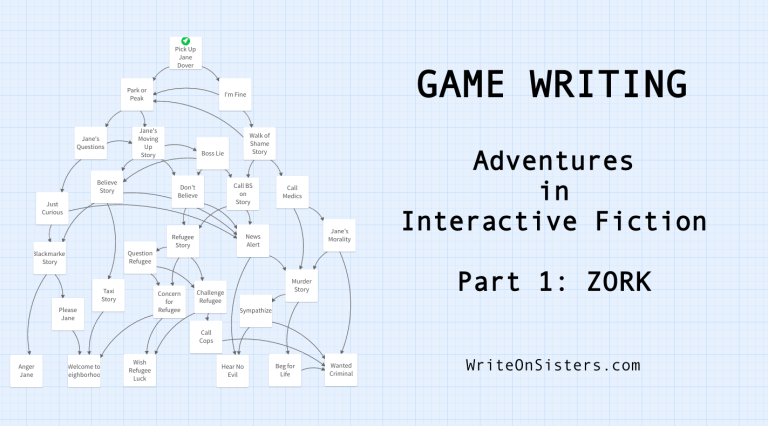
Game 3. "I know"
Goals: The development of students' speech, vocabulary replenishment, the development of observation and attention.
Contents: The teacher (child), using the ball, pronounces the following text, rhythmically hitting the ball on the floor:
- I know five names of boys:
Sasha - times,
Dima - two,
Igor - three,
Denis - four,
Volodya - five.
Next the ball is passed to the next player. He names the following five items. This can be any items (toys, flowers, trees, etc.).
Game 4. “Guess what you showed” (pantomime)
Purpose: Develop attention, observation, speech, patience.
Contents: The person who wishes depicts an object (living or inanimate) without uttering any sounds. The rest are trying to guess what is depicted. Can be used for pantomimes of several comers.
Game 5. "Decipher the letter"
Purpose: The development of observation, attention, the ability to focus on finding the necessary letters or syllables.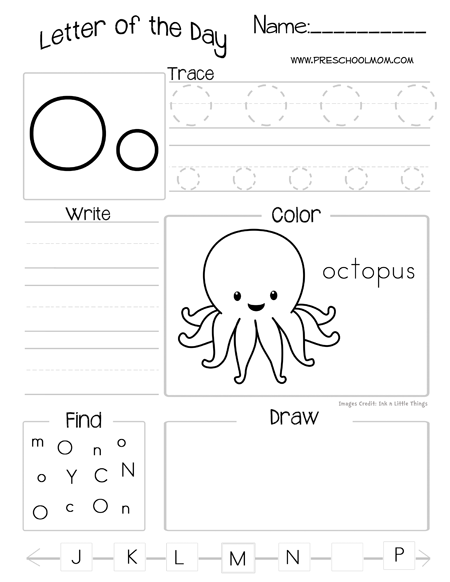
Contents: The teacher encrypts the letters with any icons or drawings and, using these notation, "writes" the word. Children try to guess the word by finding icons with the letters they represent.
Game 6. "Who is better"
Game is organized on the basis of game 5, where the children themselves encrypt the words using icons provided by the teacher. Solving words together, finding out who is better managed to encrypt the word.
Game 7. "Who is more observant"
Purpose: Consolidation of knowledge about letters and sounds, search for letters in the text, development of attention and observation.
Contents: The teacher offers the children a text where students find the chosen by the teacher letter.
Game 8. "Compose a fairy tale about the subject."
Purpose: The development of students' speech, vocabulary replenishment.
Contents: The teacher or children choose any subject and try to compose together a fairy tale about adventures of this subject.
Game 9. "Day - night"
Purpose: The development of students' speech, the ability to focus on finding the necessary concept.
Contents: The teacher calls the word, the children - the opposite in meaning: “Day is night, sweet - sour", etc.
Game 10. "Make friends with the letter"
Children combine sounds into syllables orally, and in writing - write down pairs of letters (syllables - mergers)
Game 11. "We're going to visit"
Children divided into groups: hosts and guests. "Hosts" must meet "guests" using "magic words". "Guests respond in kind."
Game 12. "Make a word"
Children make up words from the syllables suggested by the teacher. Syllables can be bright and colorful illustrated. For example, in the form of balls or flowers, which must be assembled into one bundle or bouquet.
Game 13.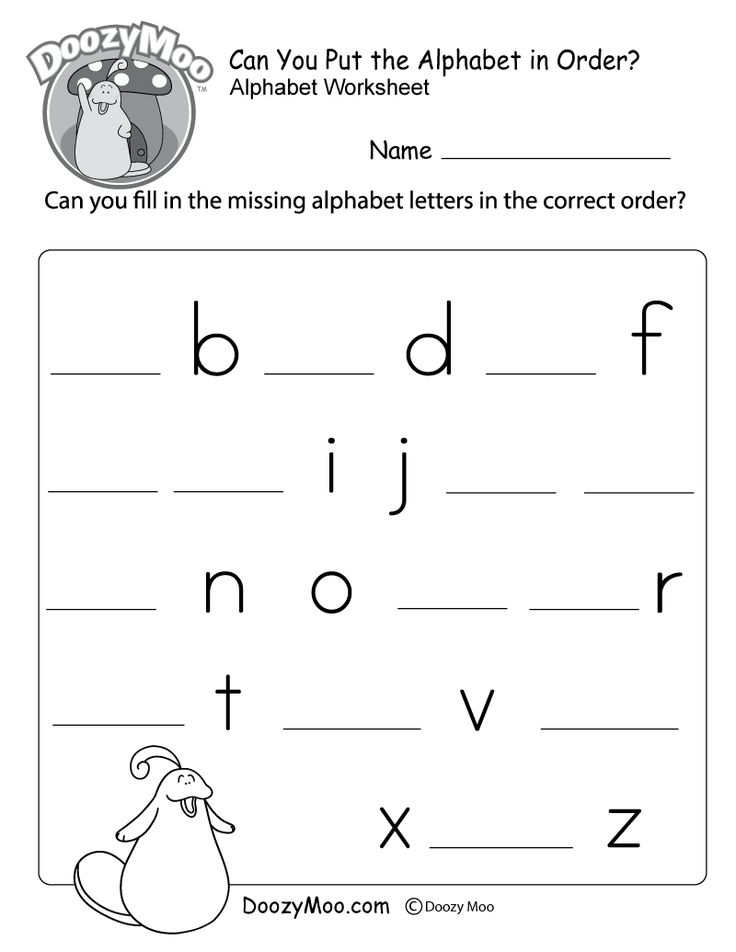 Put it in order
Put it in order
Suggested a series of illustrations related to the same topic, but arranged incorrectly. Children should determine which of the illustrations depicts what happened earlier or later, i.e. arrange in order.
Game 14. “Fabulous possessions of the Rainbow. Describe"
Children describe the objects surrounding them, using knowledge of the colors of the rainbow, trying Describe the subject as clearly as possible.
Game 15. Hammers
Children "tap" the rhythm of the words, striking each vowel sound in the words pronounced teacher, with a stick on the table, highlighting the percussive sound. The game helps to fix knowledge of vowel sounds and stress.
Game 16. "The letter got lost"
Children must “fix” the words where the letters are messed up by putting them in their place.
Game contributes to the development of attention, observation, as well as the development of phonemic hearing.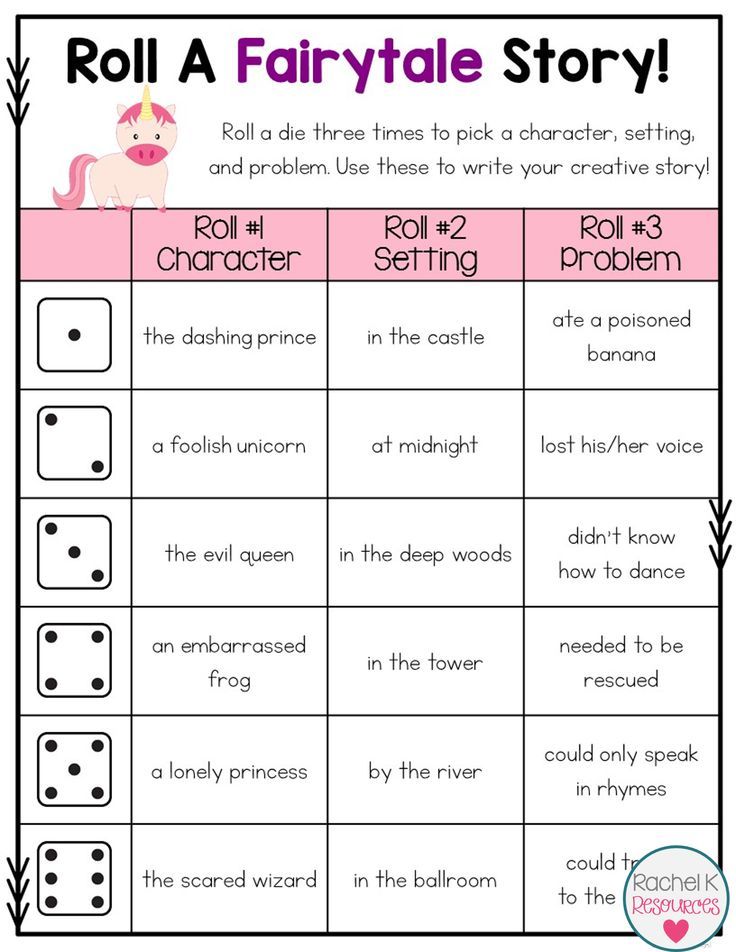
Game 17. “Time got angry and left. Catch up»
Children transform phrases, words, sentences using the categories “before, after, then, Now". Make up your own sentences, correct incorrectly constructed phrases that suggested by the teacher.
Game 18. "When it happens"
Children guess the season (spring, summer, winter, autumn) according to the changes in nature indicated teacher. During the game, time categories are repeated. Possible use illustrations.
Game 19. "Bells"
Meaning The game is to search for voiced consonants in the words pronounced by the teacher. Children depict bells that ring for each voiced consonant sound. The game contributes to the development of attention and phonemic hearing of children.
Game 20. "Correct mistakes"
Meaning the game is to search for sounds or letters that were incorrectly indicated by the fabulous guest (Dunno, Pinocchio).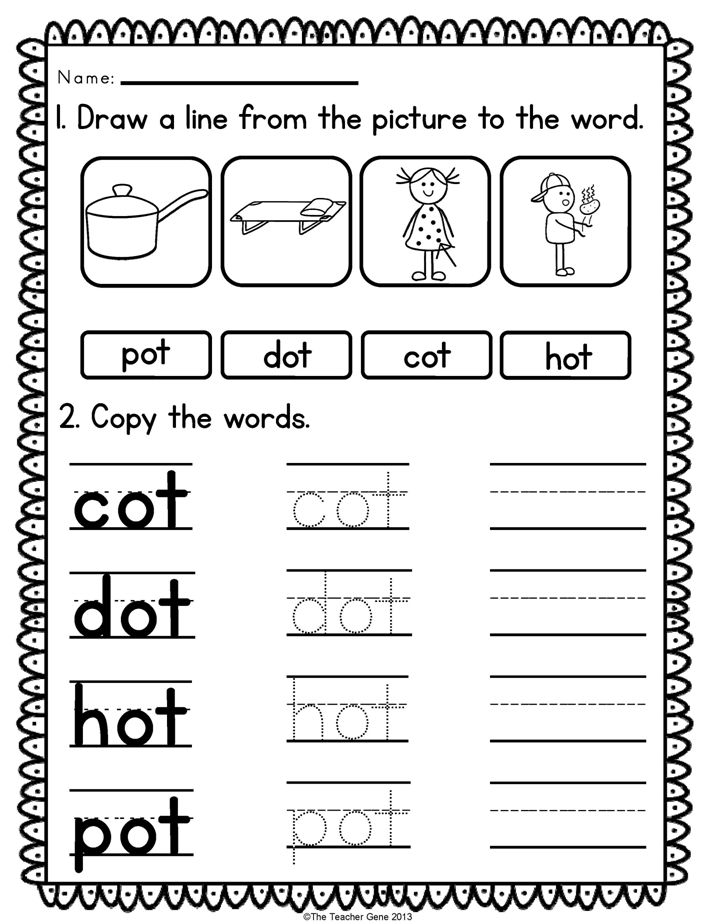 The game is illustrated.
The game is illustrated.
Game 21. "Words"
Teacher asking questions what? Who? Which? what is he doing? and others. Children find words that answer to the question asked. The game uses a ball passed to the responding children.
Game 22. "Knots for memory"
Children tie knots each on their own string, remembering the rules, questions, sounds and letters. Everything is commented out loud. The material is selected by the teacher.
Development exercises speech
Development of hearing.
If the child is weak in hearing sounds, distorted pronounces or replaces them with others, he will not be able to clearly imagine the sound form of the word itself. In this case, you will need the following group exercises.
Exercise #1. "Name the Words" (for development of auditory differentiation).
Task #1.
"Name as many words as possible that begin with the sound A" (T, O, P, K, etc.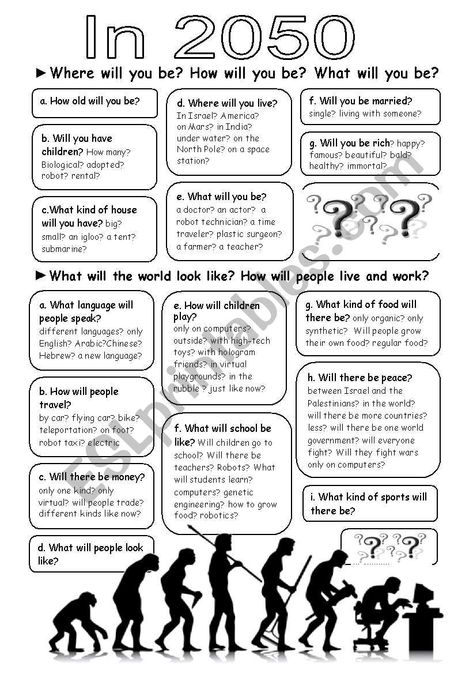 ).
).
Task #2.
"Name as many words as possible that end with the sound P" (I, O, S, L, etc.).
Task #3.
"Name as many words as possible that have the sound L in the middle" (N, E, D, B, F, etc.).
Exercise #2. "Clap clap" (learning the sound analysis of the word).
This exercise also has several options.
1. "Now I will call you the words, and you, as soon as you hear the word, which begins with the sound C (B, O, G, D, W, etc.), you immediately slam into hands".
Option: the child must "catch" the sound to which the word ends, or a sound in the middle of a word.
Dacha, cat, hat, fox, road, beetle, window, lump, plate, bread, rain, linden, lamp, river, hair, etc.
2. "Now I will call you words, and you, as soon as If you hear a word that has a K sound, clap your hands 1 time. If you hear in word sound G - clap 2 times. "
It is better to start the exercise at a slow pace, gradually increasing the speed.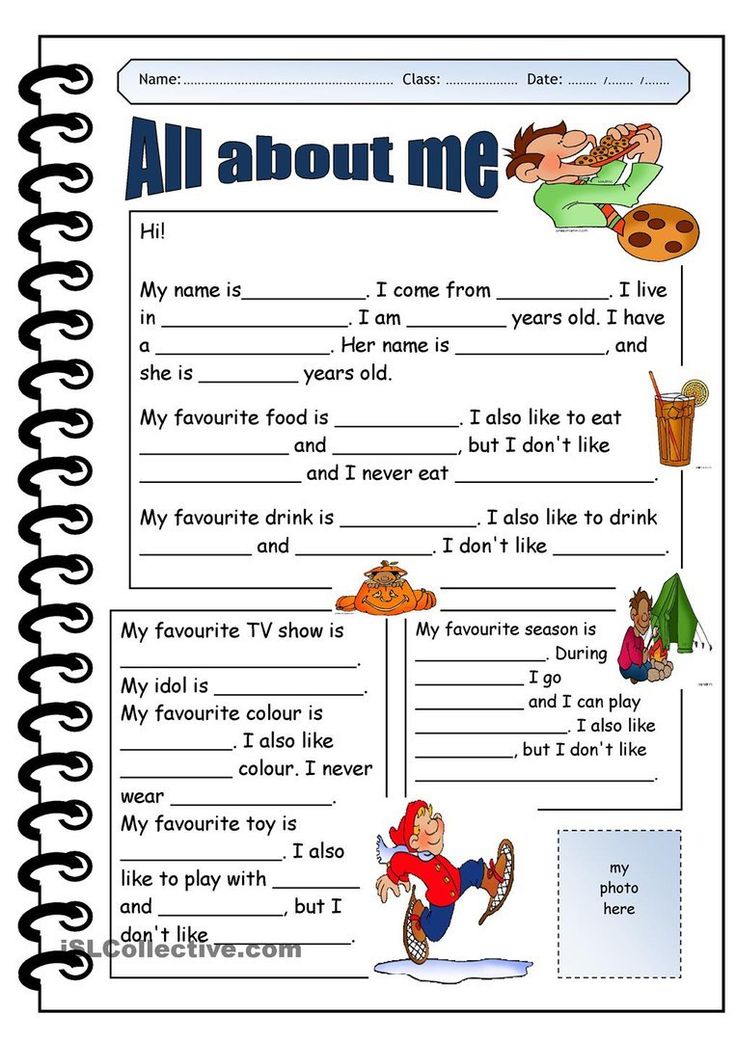
Cow, jelly, mountain, mink, guitar, boot, bitch, hand, caught up, pushed, etc.
This exercise will also help you check how your child is doing with reaction.
Exercise #3. "Playing with the Word" (learning the sound image of the word).
Task #1.
"Come up with a word that starts / ends with the same sound as in the word "frog", "flag", "table", etc.".
Task #2.
"What is the first / last sound in the word 'ray', "power", "sofa", etc.".
Task No. 3.
"Name all the sounds in order in the word "sky", "cloud", "roof", etc.".
Task No. 4.
"What sound in the word "fish" is the second, fourth, first, third? (chair, carpet, shell, cloud), etc.".
Exercise No. 4. "Confusion".
"Listen carefully to the poem.
| Who sitting on a tree? |
Ask the child: "Which words got mixed up? Why? How are these words similar to each other? How are they different?"
You can give a little hint to the child, but the main thing is to lead him to the idea that one sound can completely change the meaning of a word.
Exercise #5. "Come up with a new word".
Task: "I will now tell you a word, and you try change the second sound in it so that a new word is obtained. For example: house - smoke.
Words to change: sleep, juice, drank, chalk.
Words to change the first sound: dot, bow, varnish, day, pedal, layout.
Words to change the last sound: cheese, dream, bough, poppy, stop
Exercise No. 6. "Circle"
It will be useful if the child cannot write
Task: "Now we will write some words, but not in letters, but in circles.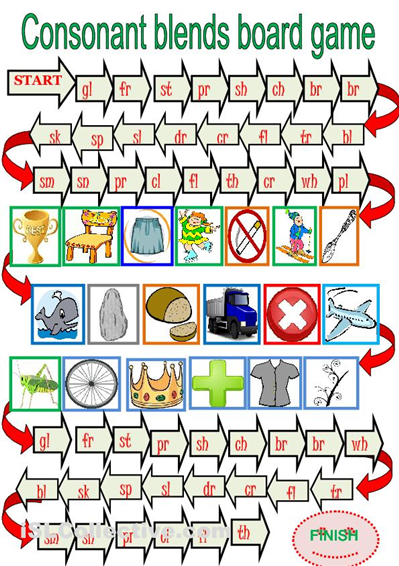 How many sounds in a word, so many circles you will draw. say the word "poppy". How many circles should be drawn? Three".
How many sounds in a word, so many circles you will draw. say the word "poppy". How many circles should be drawn? Three".
Sample: MAC - 000
Attention: when choosing words for the exercise, try to keep the number of sounds in them matched the number of letters. So, in the word "horse" there are 4 letters, and the sound three - [k - o - n ']. Such words can cause difficulties for the child.
Words for dictation: grass, paper, pen, roll, stick, camomile, star, pine, phone, tablet.
Exercise #7. "Longer-shorter".
Task: "Now we will compare words. I will say two words, and you decide which one is longer. Just remember that words should be compared, not the things they stand for. You know, do not you, that the word is not the thing. Take the word "nose" for example. It can be say, but you can write - but you can’t breathe with it, it’s just a word. And real you can breathe through your nose, but you can’t write or read it."
Words for comparison: table - table, pencil - pencil, antennae - mustache, dog - dog, tail - tail, snake - snake, worm - worm.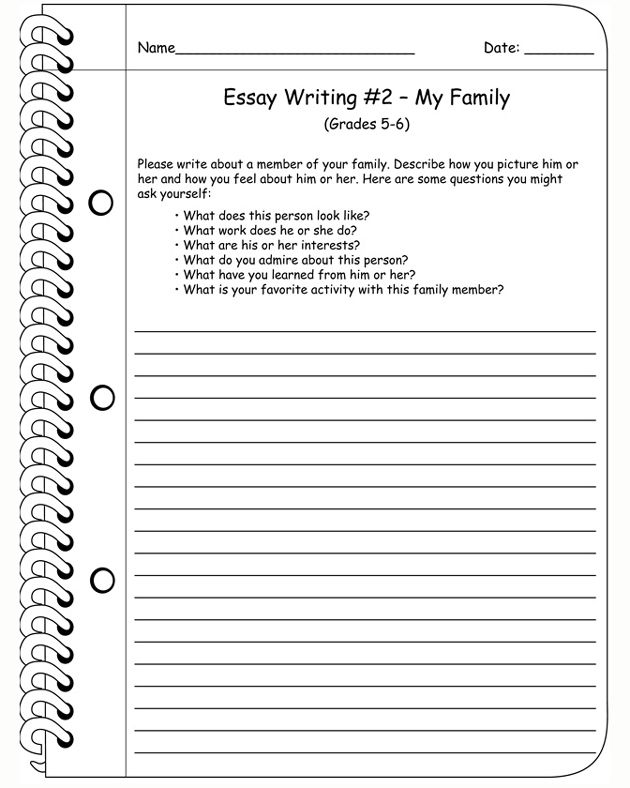
Vocabulary development.
The quality and quantity of the child's vocabulary in many ways determine the level of speech development in general. It is very important for you to pay attention to passive (that is, those words that are stored in the memory reserve), and active (words that are constantly used) vocabulary. Very it is important that the child knows what meanings the word has, knows how to correctly use it in independent speech. This will help offered here exercises.
Exercise #8. "Word game".
Task #1 .
"Name as many words as you can for fruits" (vegetables, trees, flowers, wild and domestic animals and birds, toys, tools, furniture, professions, etc.).
Task #2.
"Now I will tell you the words, and you will tell me what this the subject can do.
Snowstorm - sweeps, and thunder - ..., wind - ..., and snow - ..., rain - ..., and sun - ....
Do not forget to ask with each answer: "What else does the sun do, it not only shines?" Let the child pick up as many words as possible, denoting action.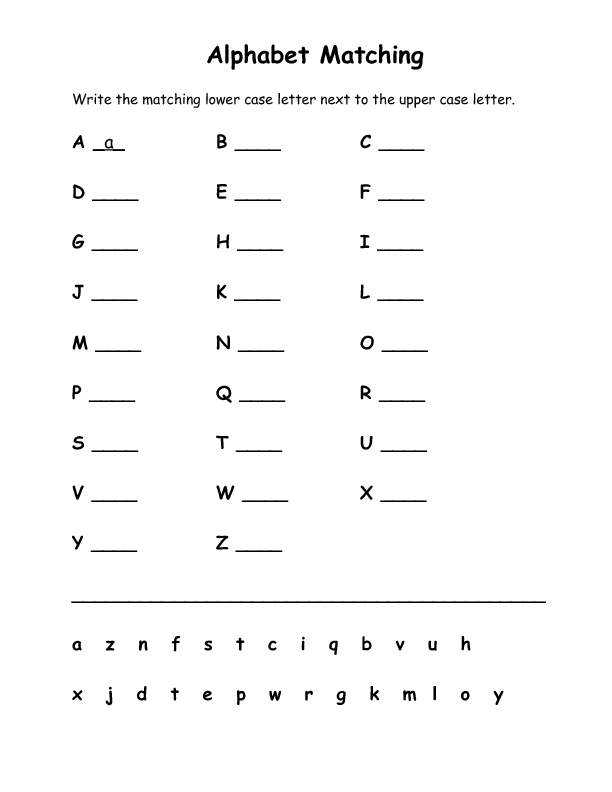
Then you can repeat the same game in reverse: “Who flies? Who swims? Who hammers nails? Who catches mice?"
Exercise No. 9. "Sign".
Task No. 1.
"Tell me, if the object is made of iron, then what is it called, what him?"
iron -
paper -
wood -
snow -
fluff -
glass -
Task No. 2.
"Name another object as white as snow."
(Same narrow as a ribbon; as fast as a river; as round, like the ball; as yellow as a melon).
Task #3.
"Compare:
in taste - lemon and honey, onion and apple;
in color - cloves and chamomile, pear and plum;
in strength - rope and thread, stone and clay;
in width - road and path, river and stream;
in height - a bush and a tree, a mountain and a hill.
Exercise number 10. "Guess".
Task: "Guess the riddle:
It flies, it squeaks,
It drags long legs,
It won't miss a chance -
It sits down and bites.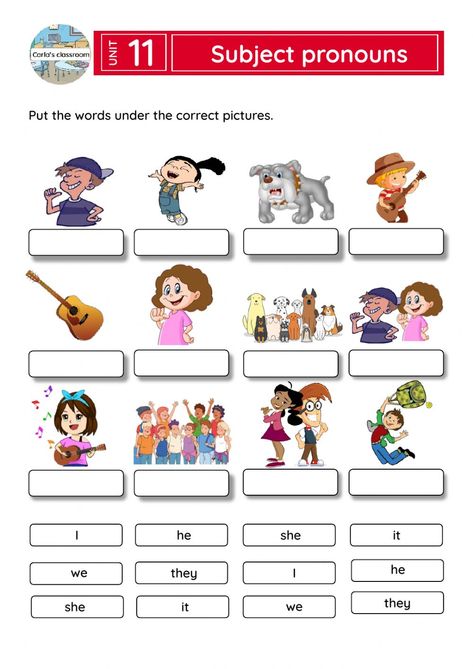
(Komar)
Round, striped,
Taken from the garden.
Sugar and scarlet steel -
Please eat.
(Watermelon)
How did you guess what it was about? Try to describe to me some object, and I'll try to guess who or what it is."
Exercise No. 11. "Friend words" (an exercise on synonyms).
Task #1.
"What else do you think you can say about a sad person?" (sad)
"Valuable - what is it? Hard - what is it?"
Task #2.
"What word can replace the word "horse"? The word "doctor", "cup", "food"?"
Task No. 3.
"Which word is superfluous, does not fit with other words? Why?"
Sad, sad, dull, deep
Brave, sonorous , bold, courageous
Weak, brittle, long , fragile
Strong, strong, far0007
If the child does not understand the meaning of a word, explain his.
Exercise number 12. "Words-enemies" (exercise on antonyms).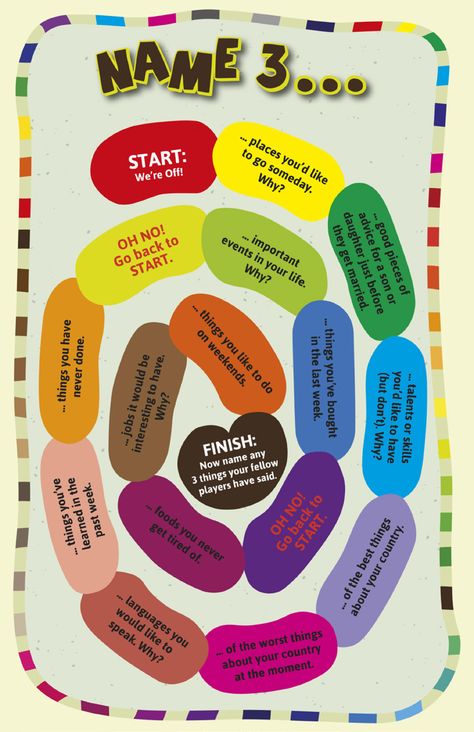
Task: "Say the opposite:
cold, clean, hard, thick;
dull, wet, older, light;
spacious, enemy, top, lose;
raise, day, morning, spring;
winter, tomorrow, early, close;
low, rarely, slowly, joyfully;
dark, sat down, took, found;
forgot, dropped, littered, straightened.
Exercise #13. "One and Many" (change words by numbers).
Task #1.
"Now we will play the following game: I will name one object with a word, and you name the word so that you get a lot of things. For example, I will say "pencil" and you should say "pencils".
book, pen, lamp;
city, chair, ear;
child, man, glass;
name, spring, friend.
Task #2.
"Now let's try the other way around. I'll say a word that means a lot objects, and you are alone".
claws, clouds, warriors, leaves;
flowers, saws, well done, stems.
Exercise No. 14. "Decrease".
Quest: "Tell me the name of the little item? A small ball is a ball, and a small table is.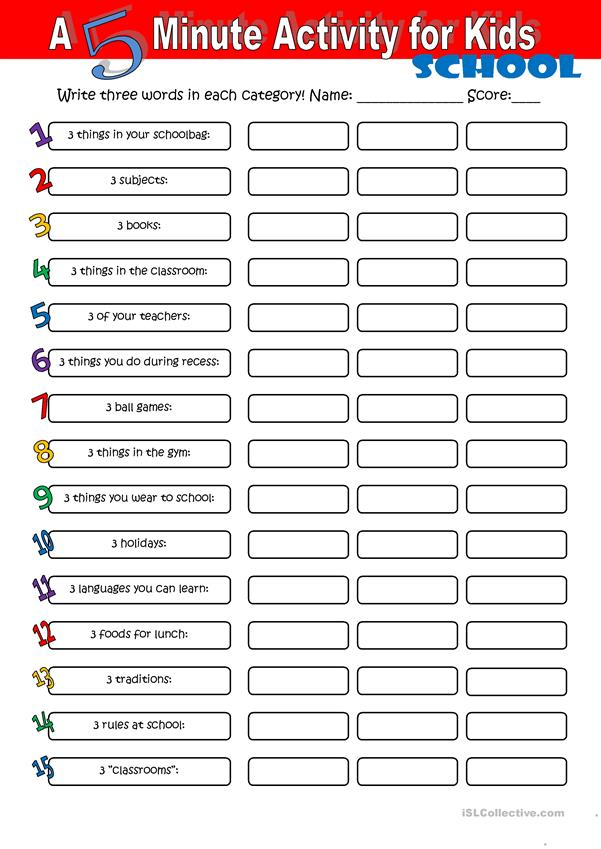 .."
.."
grass, arm, shoulder, sun, bank;
chair, book, flag, cup, hat.
Exercise No. 15. "Finish the word."
Task: "Guess what word I want to say? Po..." (Pillow)
Syllables that words can begin with: za, mi, mu, lo, pri, ku, zo, che, etc.
Exercise #16. "Explain the word."
Task: "I want to find out how many words you know. What is a bicycle?"
knife, hat, ball, letter;
umbrella, pillow, nail, donkey;
fur, diamond, connect, shovel;
sword, trouble, brave, hero;
poem, gambling.
The purpose of this exercise is to teach the child not only to recognize new words through the explanation, but also to clearly express the thought, indicating the main view use of the object, describing its features.
You can do all these exercises several times, completing the rows of words on one's own.
Development of grammar skills.
The next block of exercises is aimed at developing grammatical structure of speech.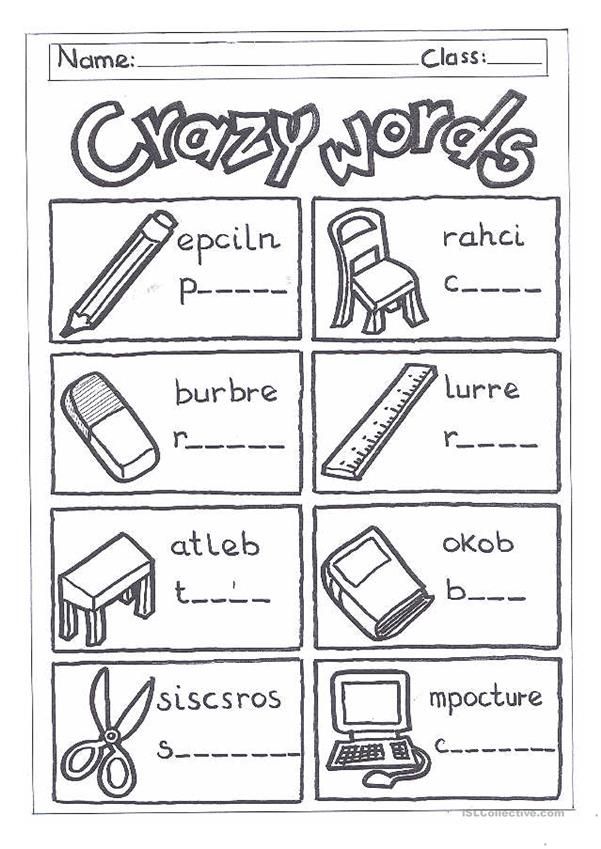 Training tasks will help the child learn correctly compose simple sentences, correctly connect speech constructions, understand the sequence of events in the text.
Training tasks will help the child learn correctly compose simple sentences, correctly connect speech constructions, understand the sequence of events in the text.
Exercise #17. "Who what?" (drawing up proposals for different models).
Task: "Try to make a sentence in which will talk about
Who? What is he doing? What?
For example: The cat laps milk.
Who? What is he doing? What? With what? (The gardener is watering the flowers with water)
Who? What is he doing? What? For whom? (The girl is sewing a dress for the doll)
Finish sentence".
Task: "Try to guess the end of the phrase".
Children ate ca... . There are paper and crayons on the table... . Grimes grow in the forest... . In the garden flowers grow... We have a rooster and ... . In winter it happens ho ... .
Exercise #19. "Add Words" (distribution of offers).
Task: "Now I will say a sentence. For example, "mom sews a dress." What do you think can be said about the dress, what it is (silk, summer, light, orange)? If we add these words, how will Phrase?"
A girl feeds a dog.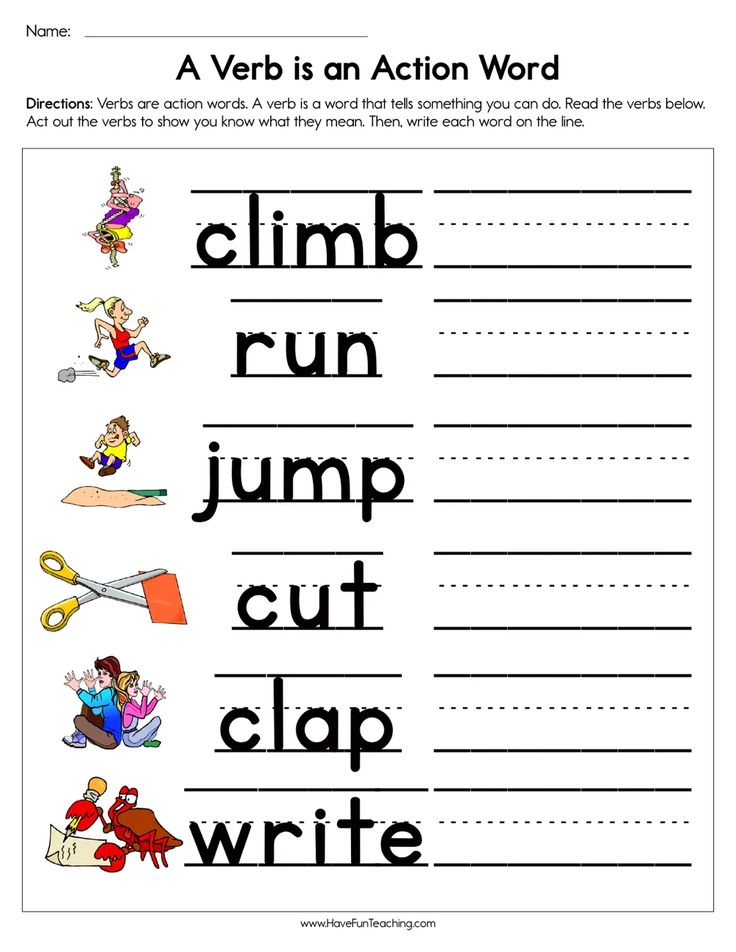 Thunder rumbles in the sky. A boy drinks juice.
Thunder rumbles in the sky. A boy drinks juice.
word sentences).
Task #1.
"Make up sentences using the following words:
a funny puppy, a full basket, a ripe berry, a cheerful song,
a thorny bush, a forest lake."
Task #2. Try to put them in their place. What will happen?"
1. Smoke, goes, pipes, from.
2. Loves, bear cub, honey.
3. Stands, vase, flowers, v.
4. Nuts, in, squirrel, hollow, hides.
Exercise No. 21. "Missing Words"
Task: "Now I will read you a story. But several the words are lost in it. Try to guess which ones."
1. Silence reigns in the dense _____. Black ________ tightened Sun. The birds are silent. Here comes _______.
2. Winter. All paths are covered with fluffy _______. Smooth _______ dressed the river. The guys built a high __________. _______ sleds are rushing fast. Cutting _______ hits the kids in ______. Frost pinches _______. ________ are not afraid of the cold.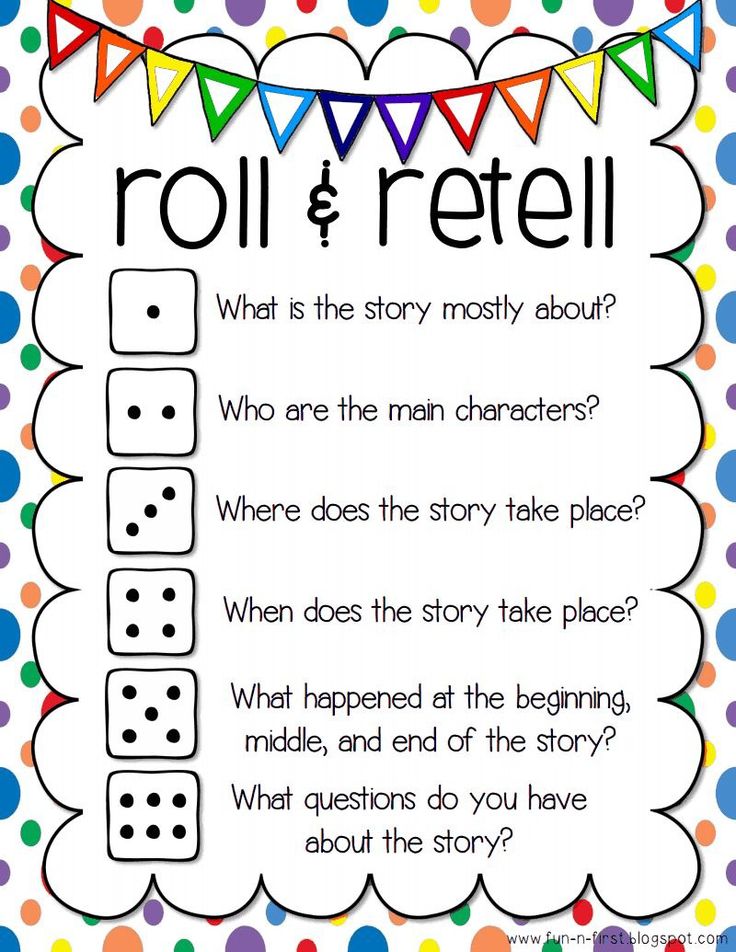 Their _______ are burning with joy.
Their _______ are burning with joy.
3. The weather is hot: the sky is _______, the sun is shining _______. Kolya and Olya are going walk in the field ______ . They listen to the singing of little ________ there. They collect _______ . Suddenly the sky becomes dark, it is covered with large ________. Small children are in a hurry to return ____. But before they could come ______ broke out. The children were afraid of ________ thunder. They knocked on one ______ to hide from the strong _______ as they don't have _______ with them and their clothes are quite _______ .
Exercise #22. "Find the mistake."
Task #1.
"Listen to the sentences and tell me if everything is correct."
Apple trees blossomed in the garden in winter.
Below them was an icy desert.
In response, I nod to him.
The plane is here to help people.
Soon succeeded me by car.
The boy broke the ball with glass.
There will be rain after the mushrooms.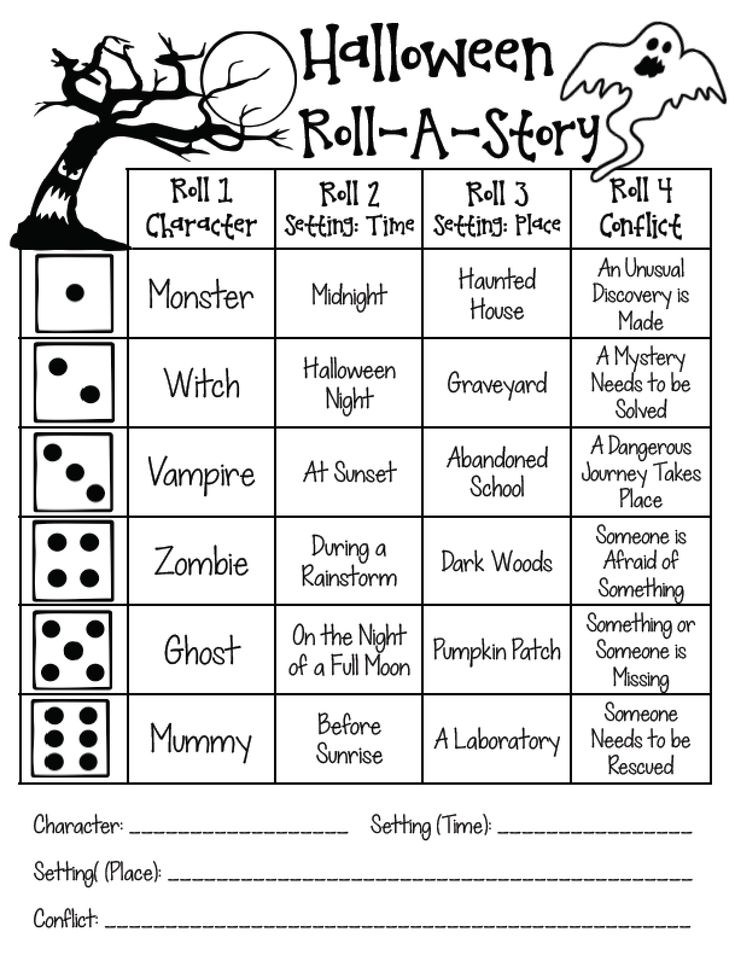
In the spring, the meadows flooded the river.
The snow was covered with a lush forest.
Task #2.
"How should the sentence be corrected?"
Exercise #23. "Explain."
Task: "Listen to the phrase:
The dog goes to the kitchen. She drinks the cat's milk. The cat is unhappy.
Explain why the cat is unhappy.
Petya went to the cinema after finishing the book.
What did Petya do before : read a book or went to the cinema? Explain.
Vanya drew Sasha. Sasha drew a house.
Who drew what? Explain."
Exercise #24. "What is in
"Tell me how you understand these expressions:
iron ax - iron man
golden arrow - golden hands
poisonous bite - poisonous look
sharp knife - sharp word
low table - low deed
stale bread - stale person".
Exercise No. 25. "Correct or no?"
Task: "Do you think it's okay to say that?"
Mom puts a vase of flowers on the table.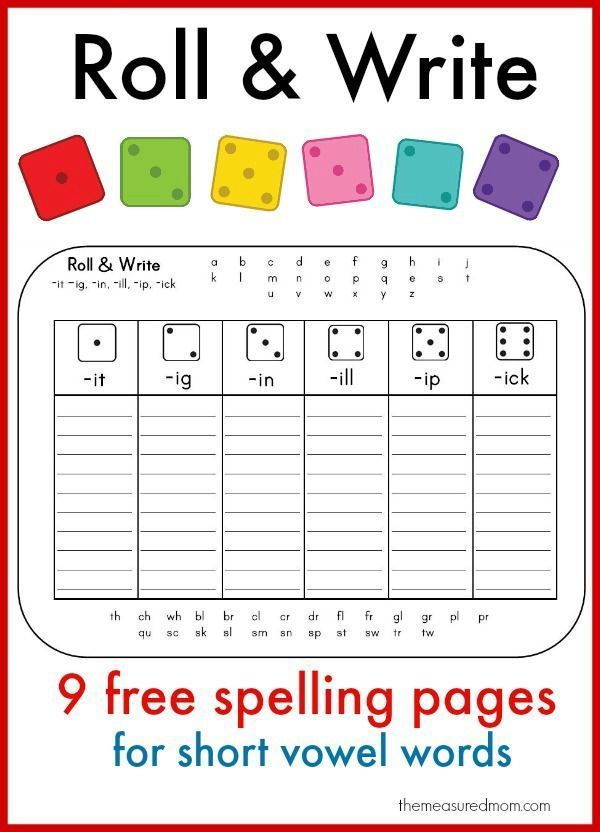
When they want to buy something, they lose money.
Grandmother and grandfather live under the house on the edge.
There is a beautiful carpet on the floor.
Ask the child: "Why are the sentences inaccurate?"
Exercise #26. "Where is the beginning of the story?"
The child needs to establish a sequence of events according to series of pictures. Show the child a series of pictures
Task: "Look, all these pictures are connected. But they are confused. Find where the beginning, where the end of the story is, and tell me what she."
Exercise #27. "Story by picture".
Give the child the opportunity to carefully look at the picture and ask them to tell the story depicted on it. This exercise should repeat as often as possible, using any drawings that are of interest to the child.
Here are some rules that are important to follow when compiling story.
It is important to teach a child to see and highlight the main content, features stories.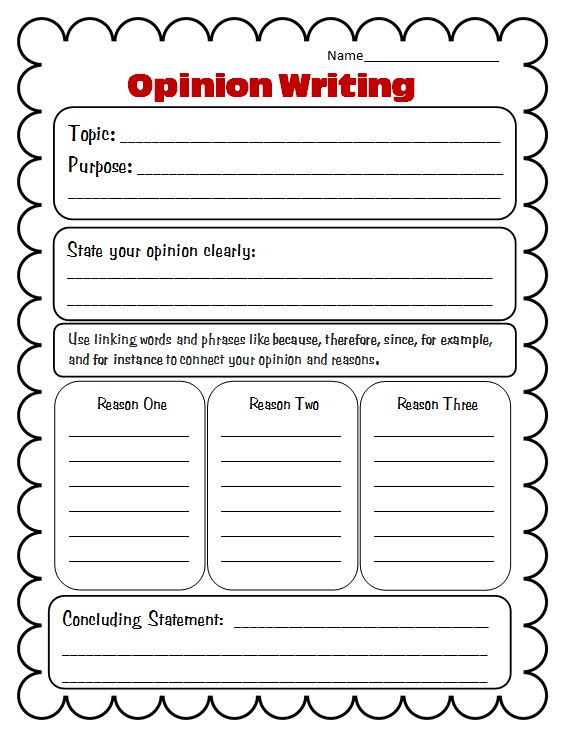 Help your child by asking questions.
Help your child by asking questions.
- What is this picture about?
- Who is the main character?
- What's going on?
- What characters are in the picture?
- What is their character?
- What is the name of this story?
With the same success, you can add a workout to this exercise to retell the text. You read to a small child (up to 20 sentences) storyteller, then ask him to retell what he heard. At the same time, follow how the child understood the main meaning of the story, can he verbally express it, is it easy finds the right words, does he allow incorrect grammatical forms, whether he uses complex sentences.
Exercise #28. "Choose a rhyme."
First, check if the child knows what rhyme is. Explain that two words rhyme if they end in the same way, for example, an ox is a goal.
Invite the child to independently choose a rhyme for the words:
porridge, howl, pillow, juice;
snow, cat, circle, bowl;
river, cloud, barrel.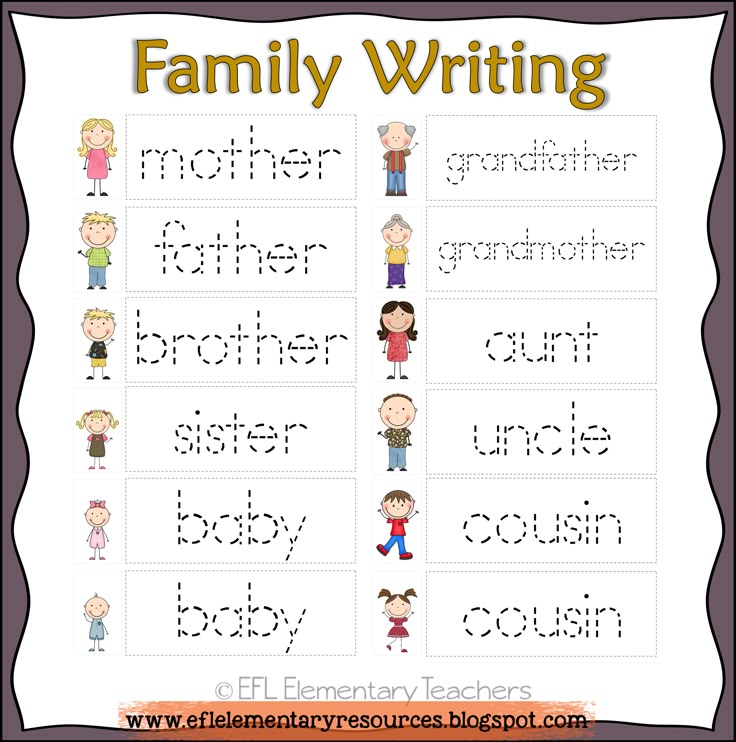
The child needs to pick up at least three rhymes for each word.
Exercise #29. "Compose suggestion".
Quest: "Now we will connect several offers. For example, I say a sentence: "It's raining in the forest. Thunder thunder". These sentences can be connected using a small bridge word "and", then from two it will turn out one. "It's raining in the forest and thundering thunder."
Now try it yourself."
The sun is shining brightly. Birds are singing.
There is another possible variation of this exercise: ask child to finish the phrase.
The children went out and ...
Po the same scheme, you can train the child to make sentences with unions "a", "but", "although", "but", "if, ...then".
Games. Speech development
Serious problems arise in the school due to the lack of literacy of students. To prevent these problems or help children overcome similar difficulties, it is necessary to start work as early as possible with the development of their spelling vigilance. Targeted Spell Detection Training Begins mainly in the process of sound-letter analysis of words. To become an appropriate skills the following exercises are useful:
Targeted Spell Detection Training Begins mainly in the process of sound-letter analysis of words. To become an appropriate skills the following exercises are useful:
1. Games: "Find a dangerous place"
- I will pronounce the words and you clap as soon as you hear a sound that cannot be trusted when writing. A which sound(s) cannot be trusted? How to find it? ( Necessary Determine if a word has an unstressed vowel. If there is, then there is "dangerous place". If there are two unstressed vowels, then there are two "dangerous places".
traffic light
Show red traffic light or turn on the red light as soon as you find "dangerous place".
Light up beacon"
sound analysis with drawing up a diagram in which “dangerous places” are indicated, those. red signals (circles) are placed under the "dangerous places". At the same time, with with the help of the question (“How will you look for“ dangerous places ”?) necessary course of action.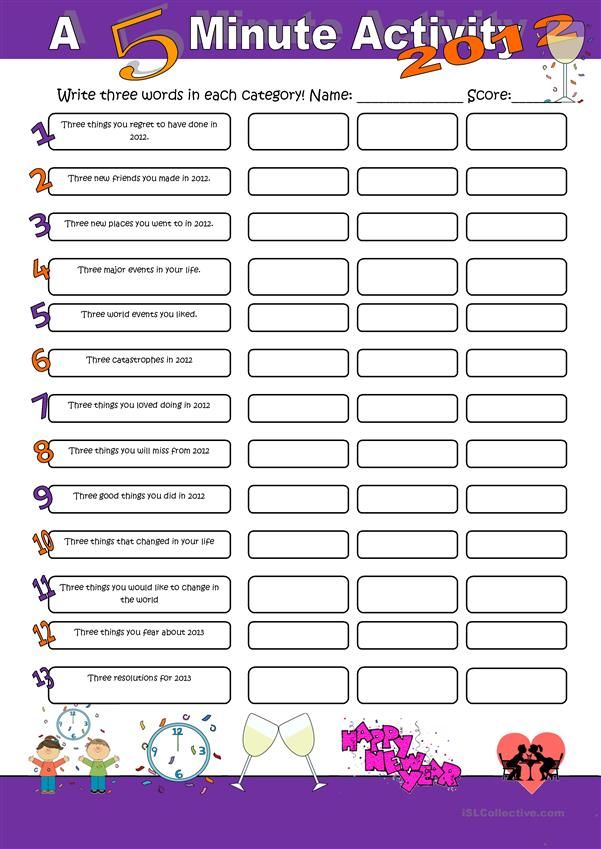
2. In the footsteps sound analysis printing or putting words out of the letters of the split alphabet with skipping "dangerous places". Here again attention is drawn to the mode of action: “If the sound can be trusted, I designate it with a letter, if not, I put it in its place danger signal."
For improving the speech apparatus, the following tongue twisters can be used, quatrains, rhymes:
1. BOUGHT THE SHAM
ON bazaar early in the morning
Bought ram bagel:
For lamb, for sheep
TEN poppy rings,
NINE dryers,
EIGHT buns,
SEVEN flatbread,
SIX cheesecakes,
FIVE cakes,
FOUR donuts,
THREE cakes,
TWO gingerbread
I ONE kalach bought -
Pro don't forget yourself!
A for the little wife —
Sunflowers.
2. FORTY FORTY (patter)
Forty forty
for their forty
Forty shirts,
Not quarreling, scribbling.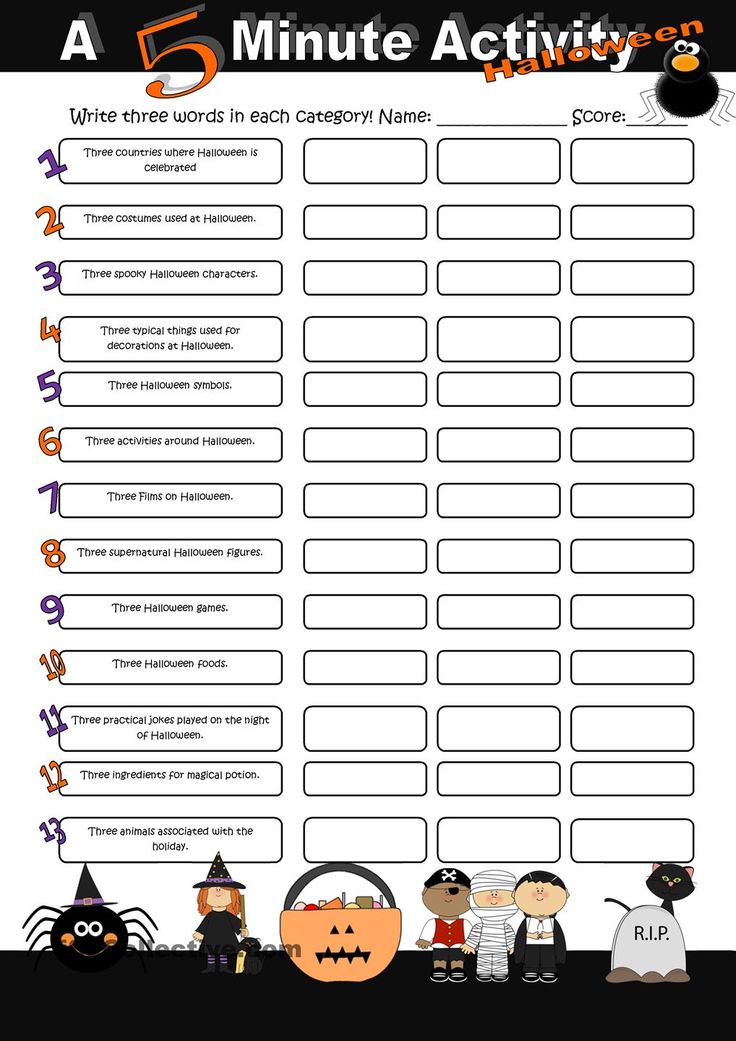
Forty shirts
Stitched on time —
Immediately quarreled
Forty fourty.
3. A - Open the mouth wider,
Hands lift up.
- Lips with a tube forward.
I hands forward.
4. Rustle, whisper, noise under the window,
Spanking lung ...
Who is this a gnome?
W-w-w!
There behind curtains,
Near windows
Shustry little mouse
Rustle silence.
5. I'm still trembling with fear!
— The log exclaimed,
- It looks like an ax!
Split by all means!
6. Grinding train rushes:
same - che - shcha,
same - che - cha.
7. In the morning my brother
Kirill
Three grass rabbits
fed
8. Say in one breath:
INHALE - SI-SE-SA-SO-SU-SY - EXHAUST
INHALE - ZI-ZE-ZA-ZO-ZU-ZY - EXHAUST
For successful study of vowel sounds and letters, the method of studying "singing" is used:
On the following triangle is drawn on the board:
U
E
A
Children first they sing the sounds of the upper floor: E-S-U and watch how the mouth while singing. They conclude that the mouth does not open very much, only a little. It produces "narrow" vowel sounds.
They conclude that the mouth does not open very much, only a little. It produces "narrow" vowel sounds.
Later the children sing the sounds of the middle floor: uh. We noticed that the mouth opens normally, as usual, average. So, these are “middle” vowel sounds.
Finally, sing the lower vowel: A. Here the mouth opens wide, and the children call this sound is "wide".
This The game will help children discover the secret of pronunciation of vowels. It turns out that everything vowel sounds - mouth openers! This conclusion will help to learn correctly determine the number of syllables in words by placing your palm under your chin.
Games. Reading. Literacy education.
B during classes, the following are used to enhance mental activity: assignments:
1. Reading a syllabary
(in fast and slow pace)
KOR
UT
Nor
CHI cheese
Meni
MOSH
2.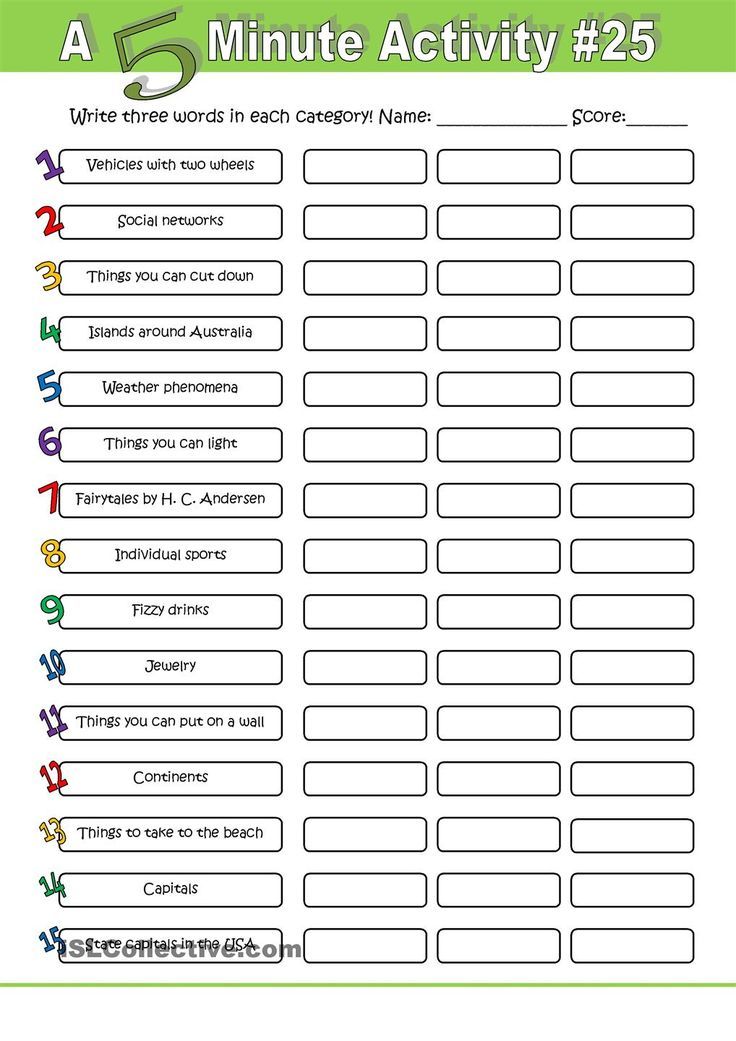 READING A SYLLING CHAIN:
READING A SYLLING CHAIN:
SA SI
LI LO
3. COLLECTIVE READING OF THE SYMBOLIC TABLE AND WORDS AT THE PACE SET BY THE TEACHER.
| SO | YOU | YOU |
| SY | RO | LO |
| TO | TA | KA |
| KO | BA | RO |
| Vova | magpie |
| owls | crow |
| owl | height |
| braids | hair |
| dew | cow |
|
| |
| PA | RY |
| CA | RI |
| CE | US |
| couples | bet |
| queen | kings |
| prices | knights |
| Pans |
|
4.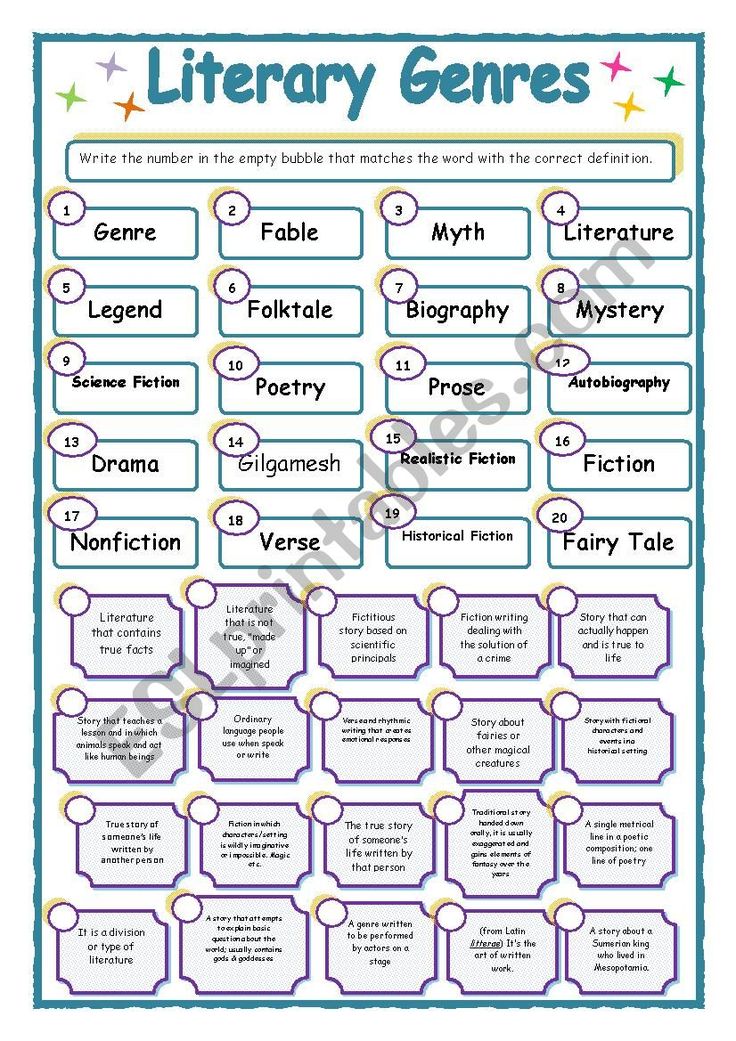 Transform the word by replacing letters:
Transform the word by replacing letters:
GRACH - DOCTOR; DAUGHTER - POINT - BUCK - BARREL; OVEN - TUBE - KIDNEY, etc.
5. Reading syllables with agreement to the whole word:
| FI... lin | FE... dia |
| FA... i | FO... ma |
| Lo... shad | Le... ta |
| That... nya | Te... cha |
6. Game with the word KOLOBOK
(col, forehead, side, eye)
7. Answer quickly!
Voiced, fast, cheerful ... (ball)
Delicious, scarlet, juicy ... (watermelon)
Brown, clumsy, clumsy ... (bear)
Yellow, red, autumn .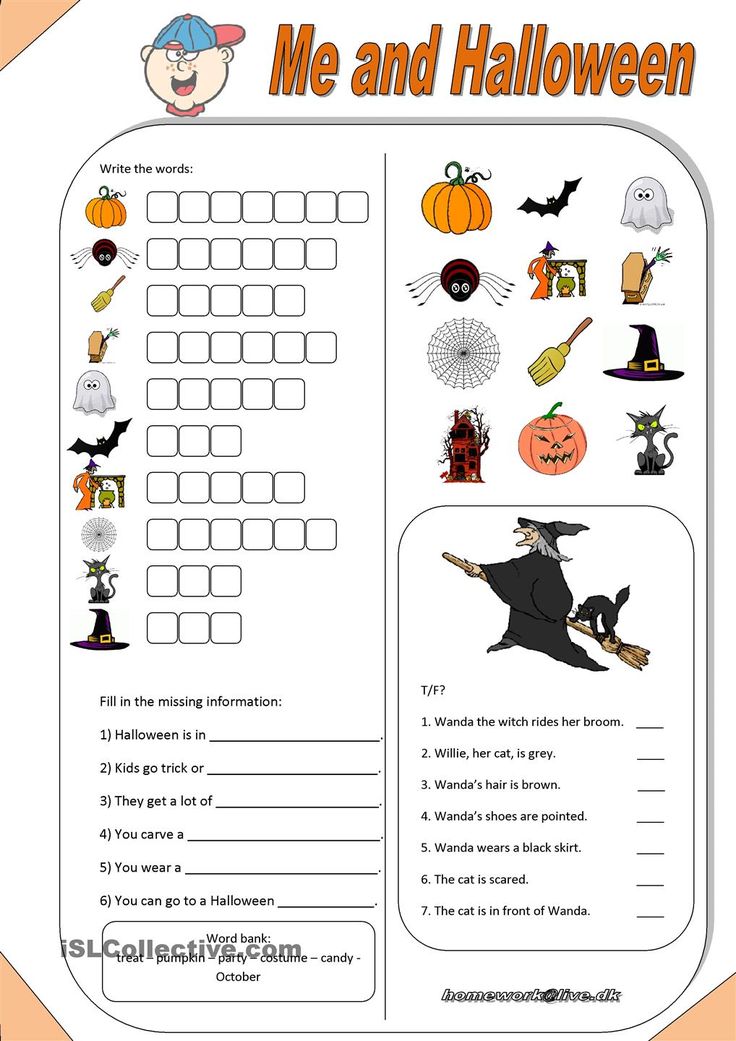 .. (leaves)
.. (leaves)
8. Change the word using the method of increasing and replacing the letter:
Believe - door - beast
Riding - star - trains
Networks - children, Lena - Lina
9. "Where are the numbers, where are the letters?"
Select only letters.
Compose of which word
I 1 8 G 6
R 10 U 5 9000 7 90 0 2 4 A 7
10. Clean tongues
Ta-ta-ta - Our house is clean.
Te-te-te - Put down your sewing.
So-and-so We started playing loto.
At-at-at - we are going for a walk
At-at-at - we take a scooter with us
Cha-cha-cha - a candle burns in the room.
Choo-choo-choo - I knock with a hammer.
Pts-Pts-Pts - night has come.
Tso-tso-tso - on the hand ring
Tsy -tsy - tsy - cucumbers ripened
Yes-ets-ets - very tasty cucumber
Training Literacy is one of the most important periods in a child's life. And the result learning largely depends on the teacher, on his patience, kindness, affection.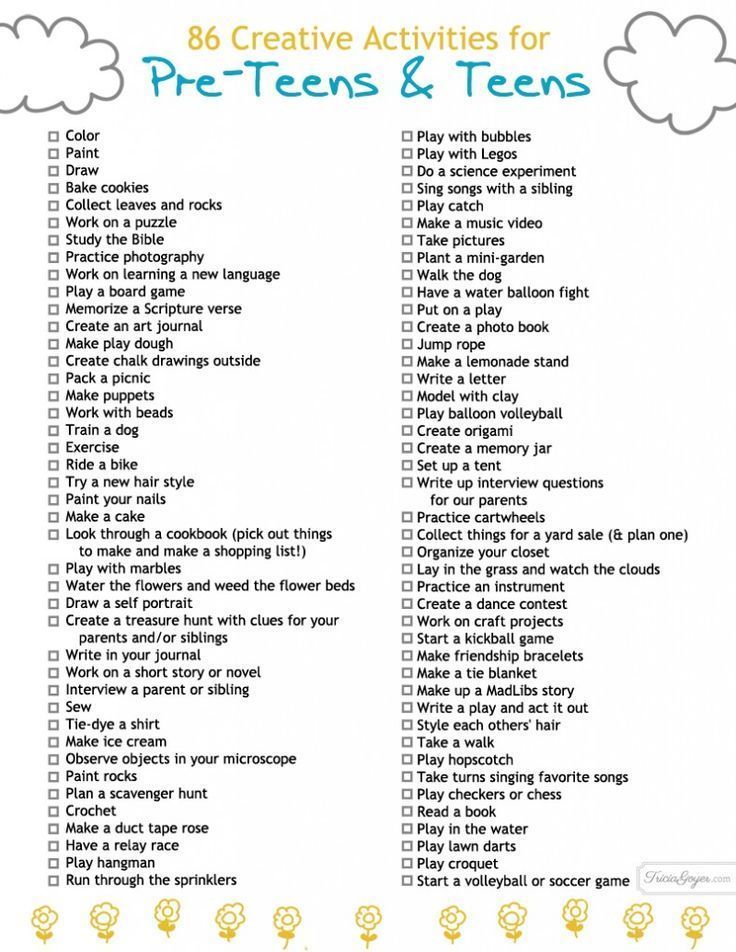 Necessary give the child the opportunity to believe in their own abilities. Training should not be associated with negative emotions in communication with the teacher. Each student must to feel success, to know the joy of "discovery" for oneself and with desire and good mood to go to every lesson. Let the student think, fantasize, create!
Necessary give the child the opportunity to believe in their own abilities. Training should not be associated with negative emotions in communication with the teacher. Each student must to feel success, to know the joy of "discovery" for oneself and with desire and good mood to go to every lesson. Let the student think, fantasize, create!
Didactic writing games. | Creative work of students on the topic:
Didactic games in the lessons of writing, reading and speech development
Objectives: Development of auditory perception, the ability to distinguish sounds in words, their place, conduct a comparative analysis of words, compose words from these letters, changing their order in word, activation of the vocabulary of students, fixing the spelling of words on the learned rule.
1. Wonderful transformation of words.
Listening to verses with "lost" letters. In each poem there is a word where instead of one letter there is another. After reading each poem, analysis is carried out and a new pair of words is written on the board.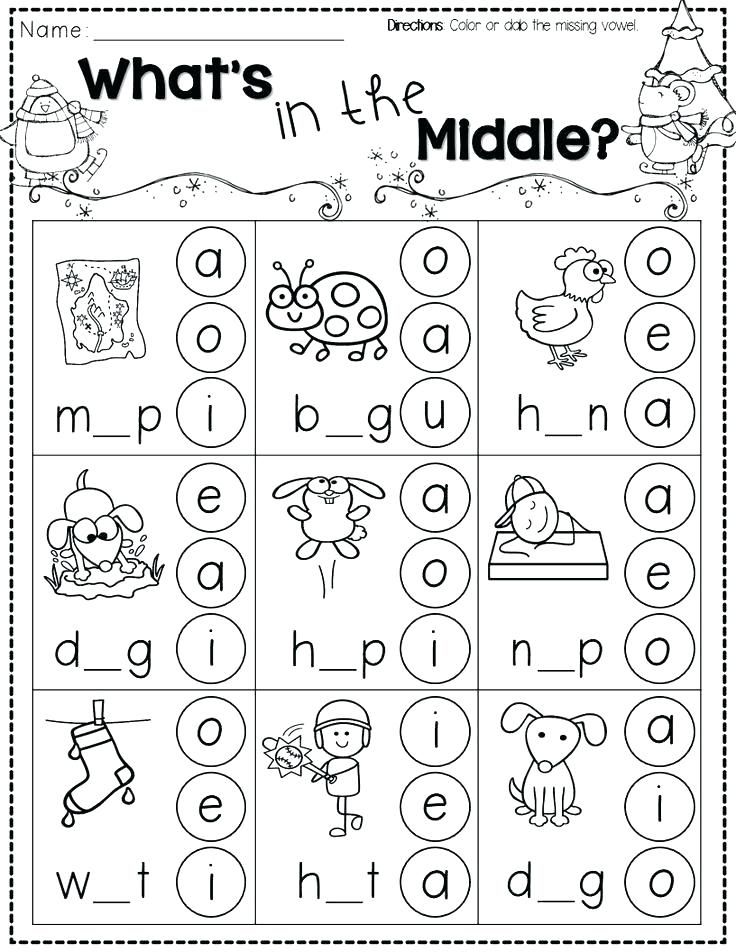
They say that one fisherman
Fished a shoe in the river,
But then he
A house caught on a hook. (som)
Having dropped the doll from her hands,
Masha rushes to her mother:
- A green onion (beetle) is crawling there
With a long mustache.
The doctor reminded uncle Mitya:
- Don't forget one thing:
Be sure to take
Ten herons before going to bed. (drops)
The bug did not finish the booth; (bun)
Reluctance. Tired of…
On yellowed grass
The lion drops its leaves. (forest)
A cauldron gored me, (a goat)
I am very angry with him!
2. What the artist got confused.
Pupils work with cards on which they are drawn:
Cancer (signed by MAC)
Goat (signed by rose)
mouse (signed by Mishka)
Cat (signed by KIT)
fly (signed flour)
|
| 913

